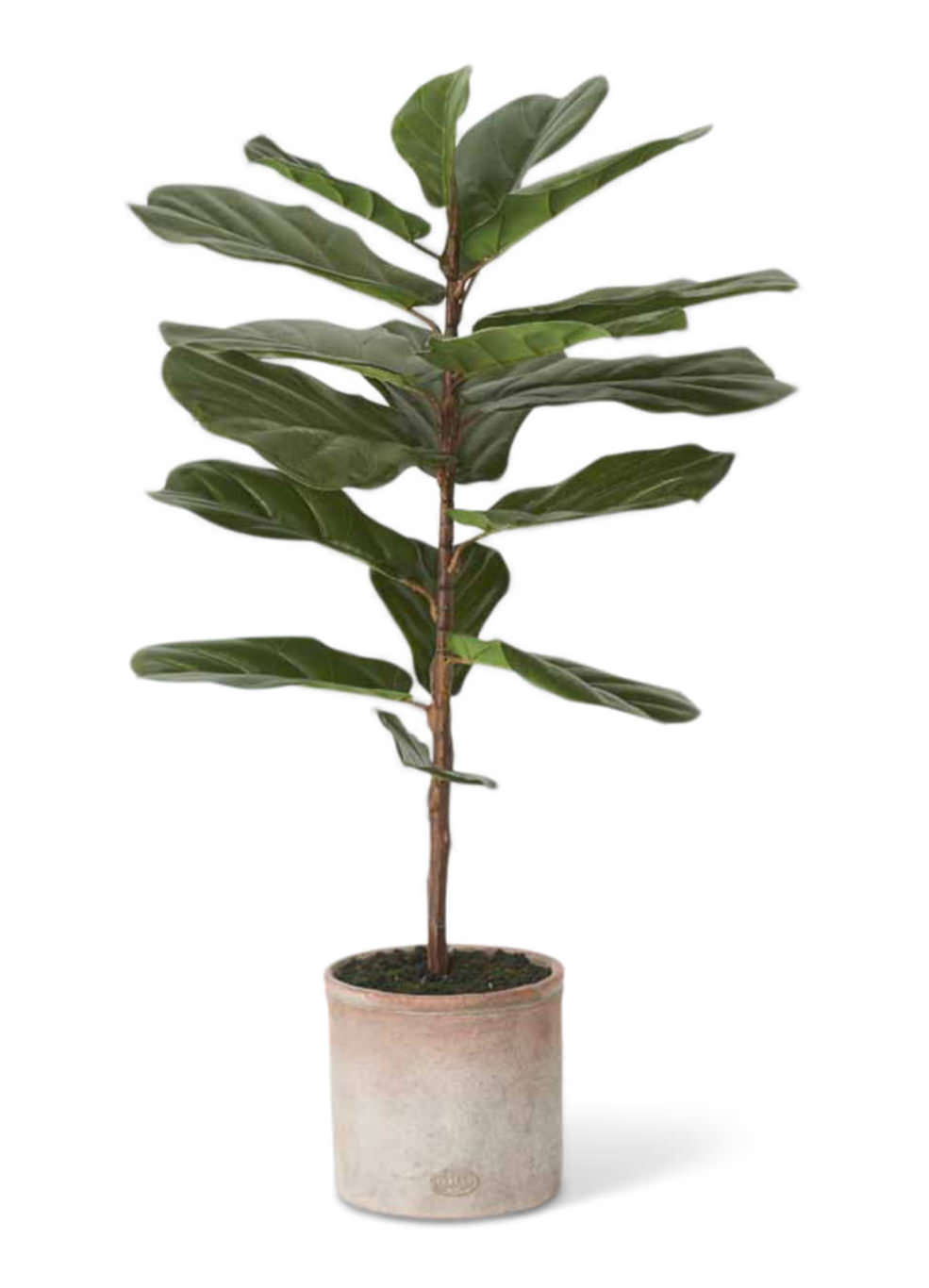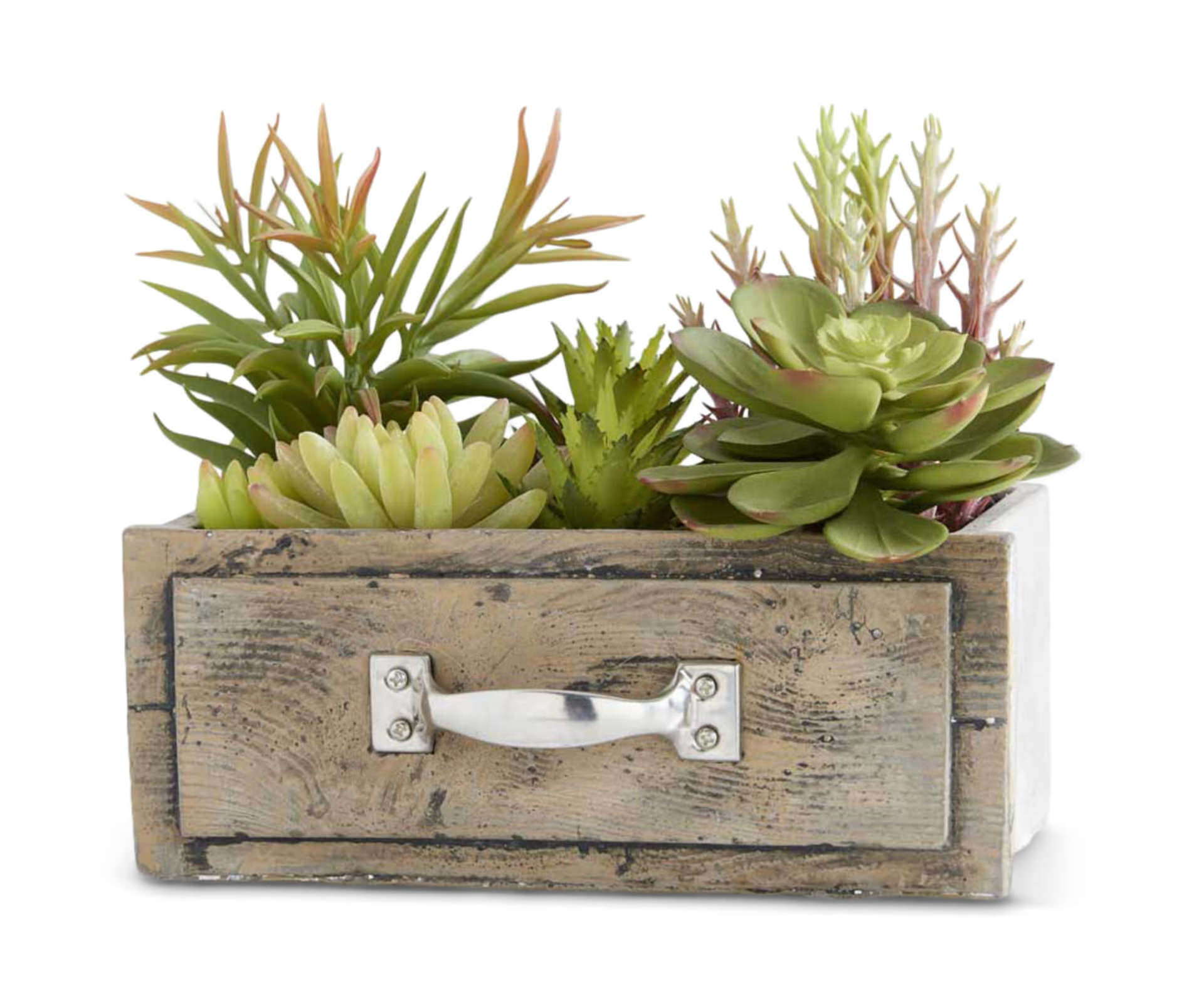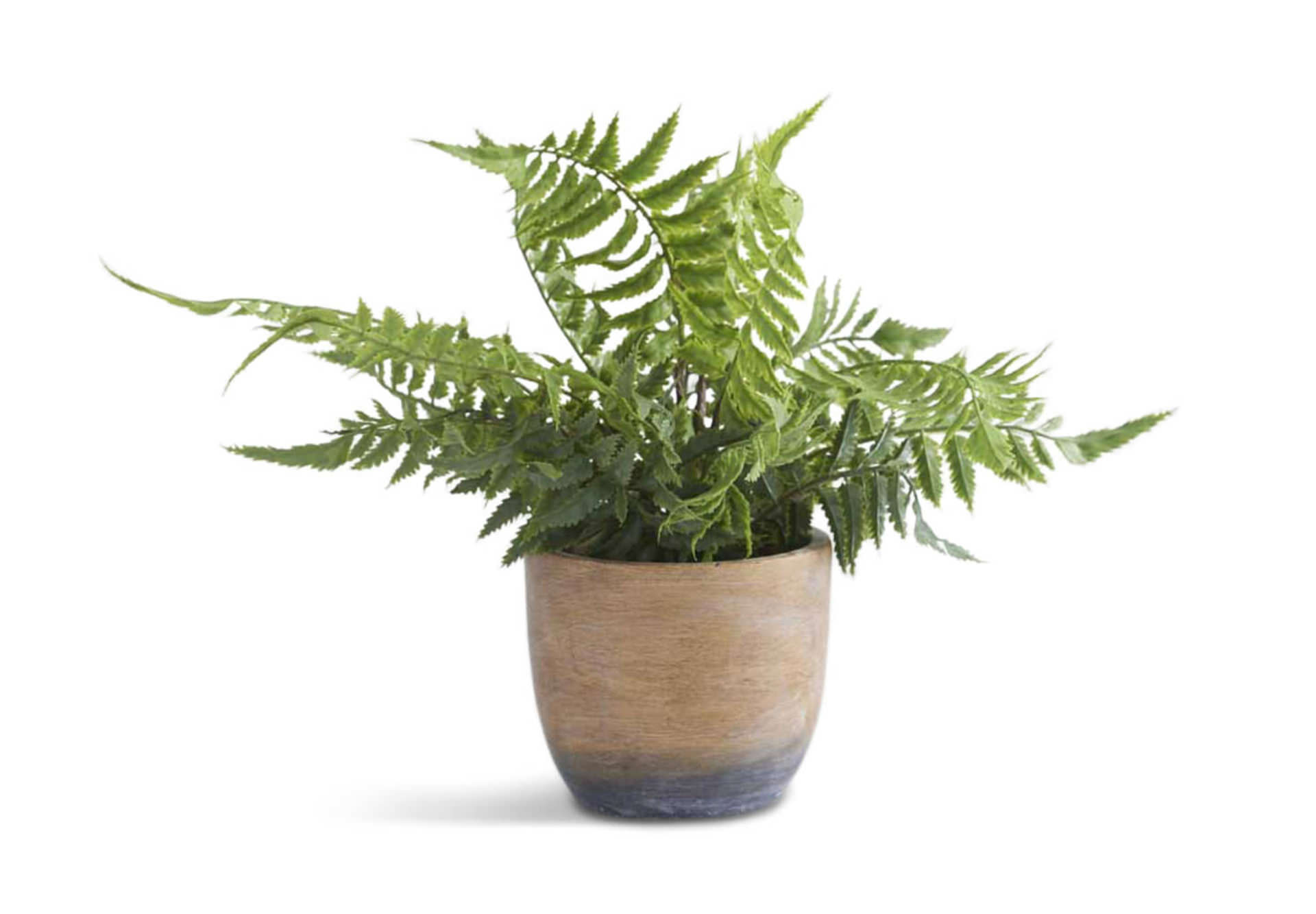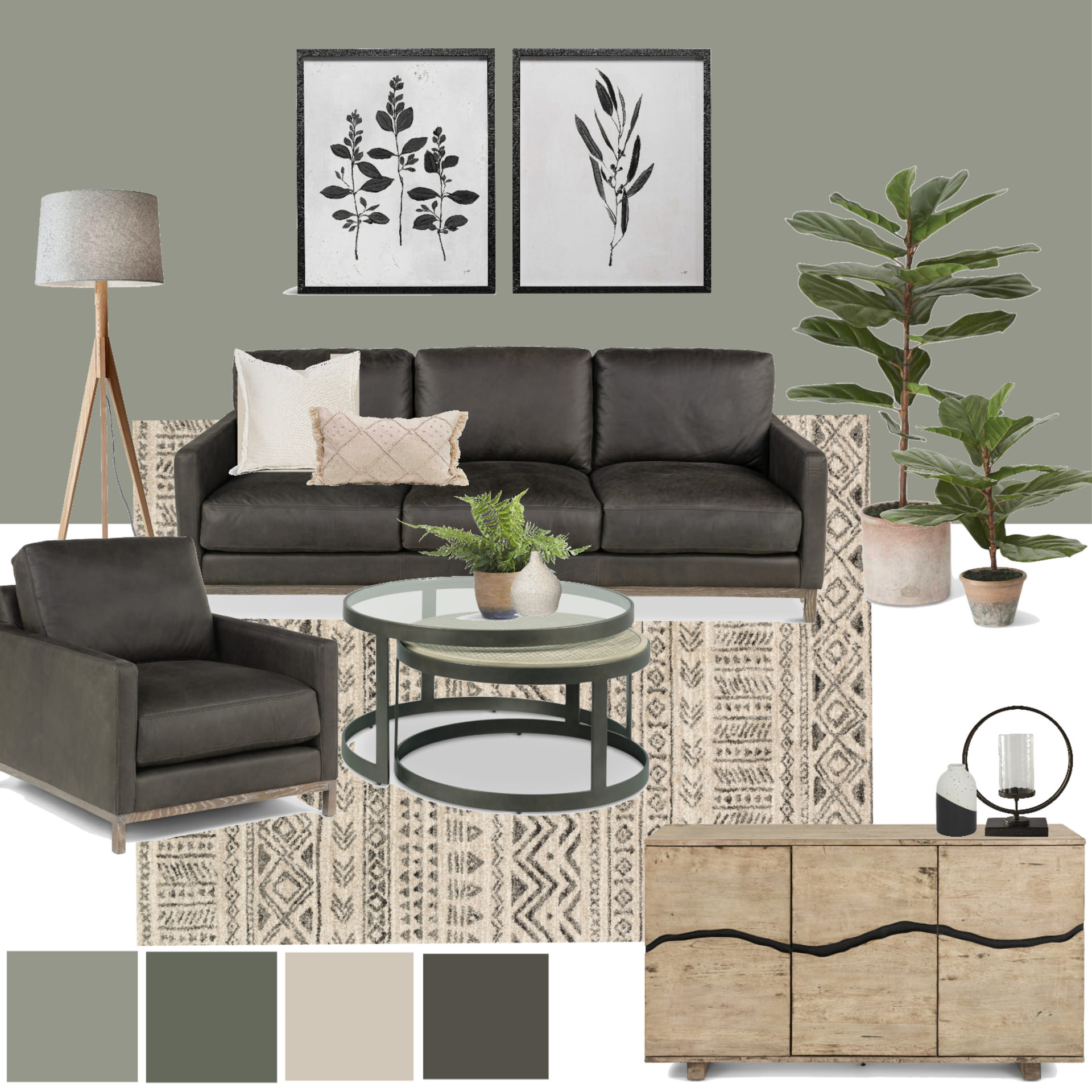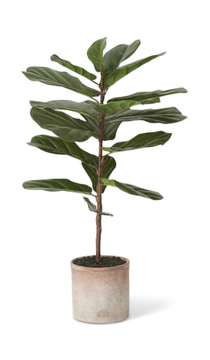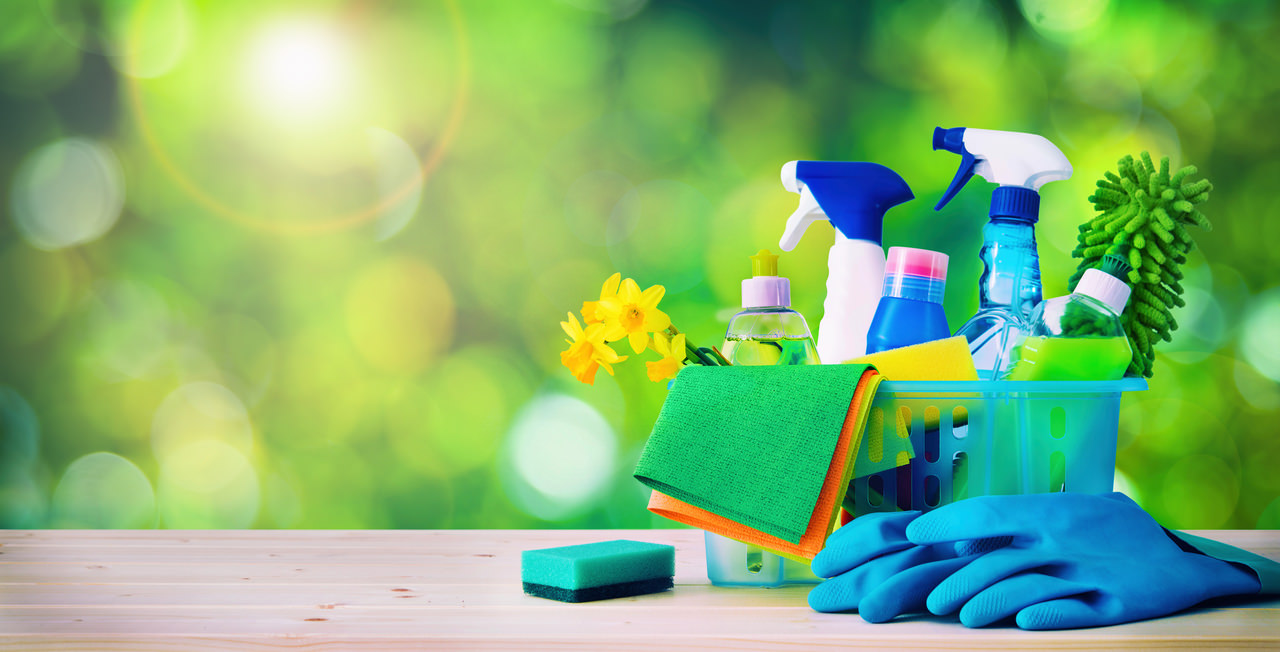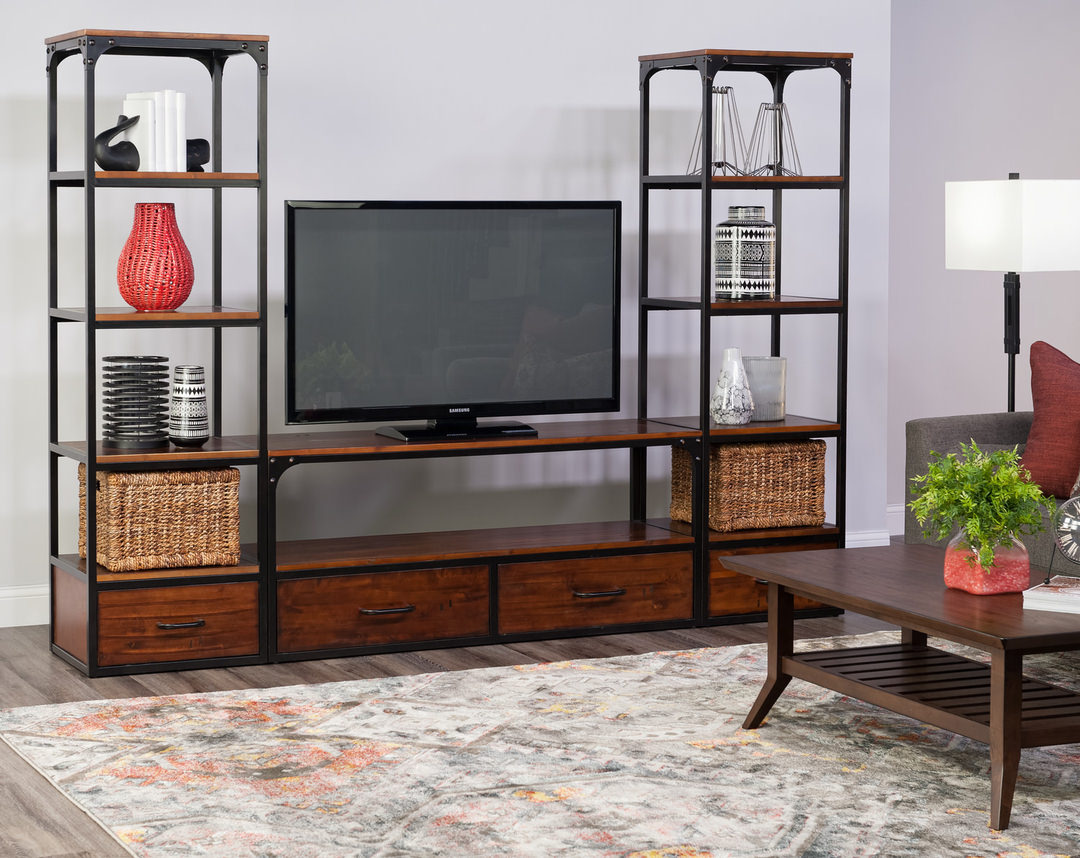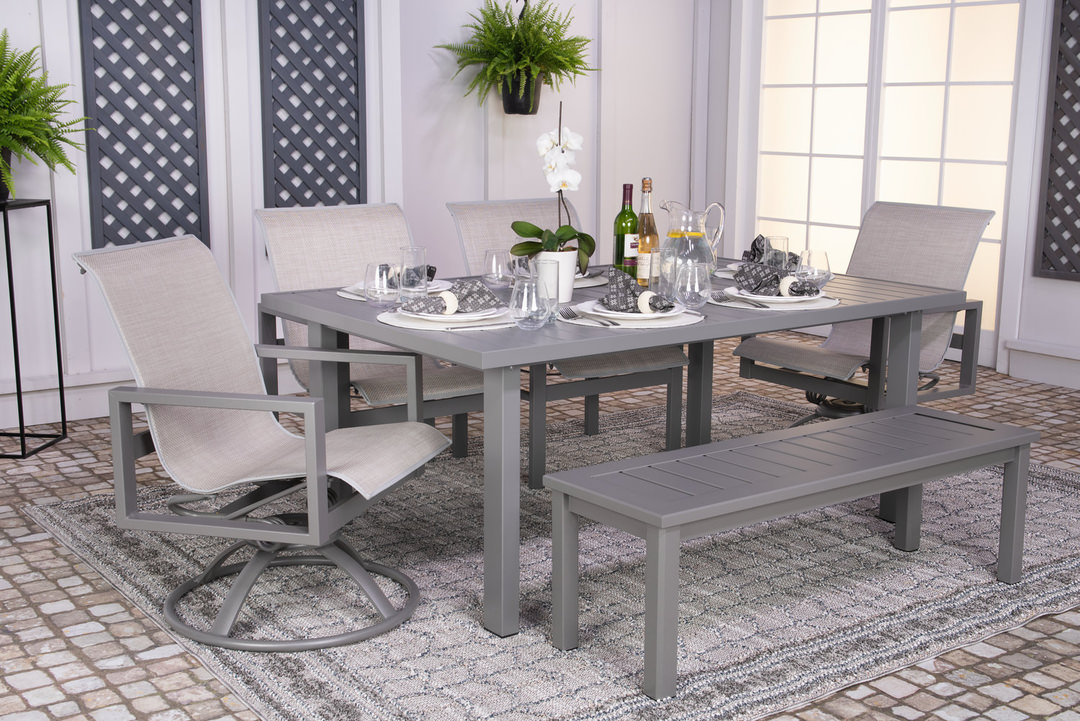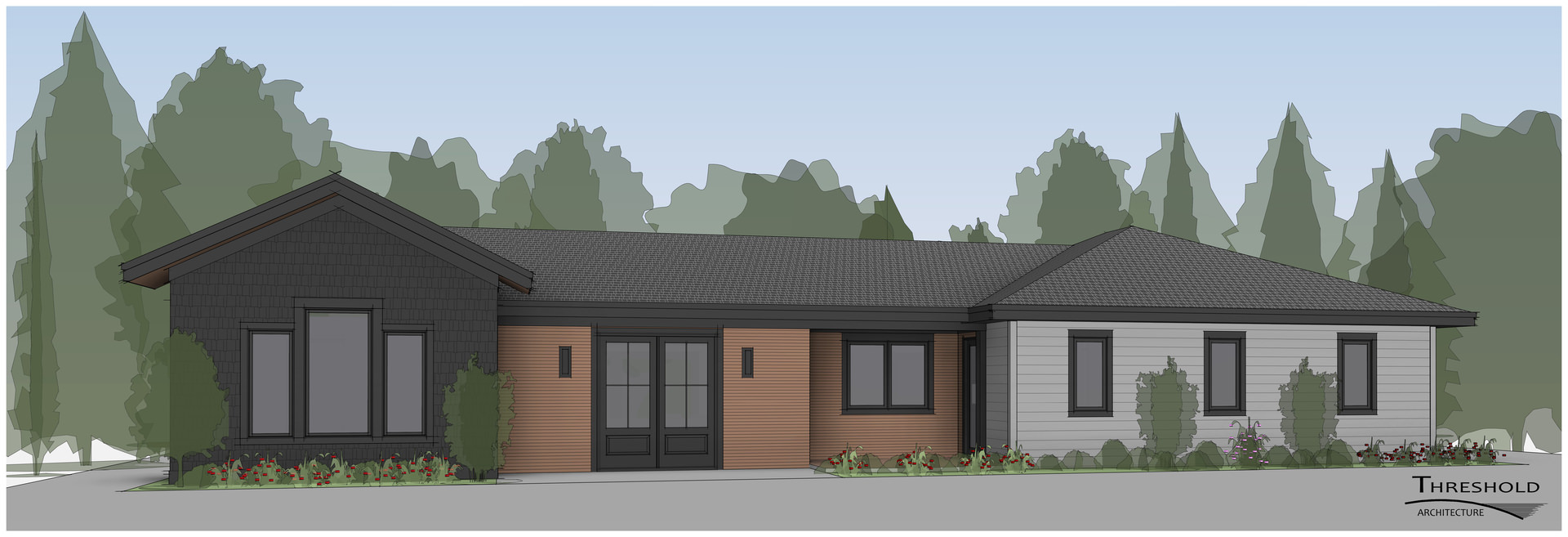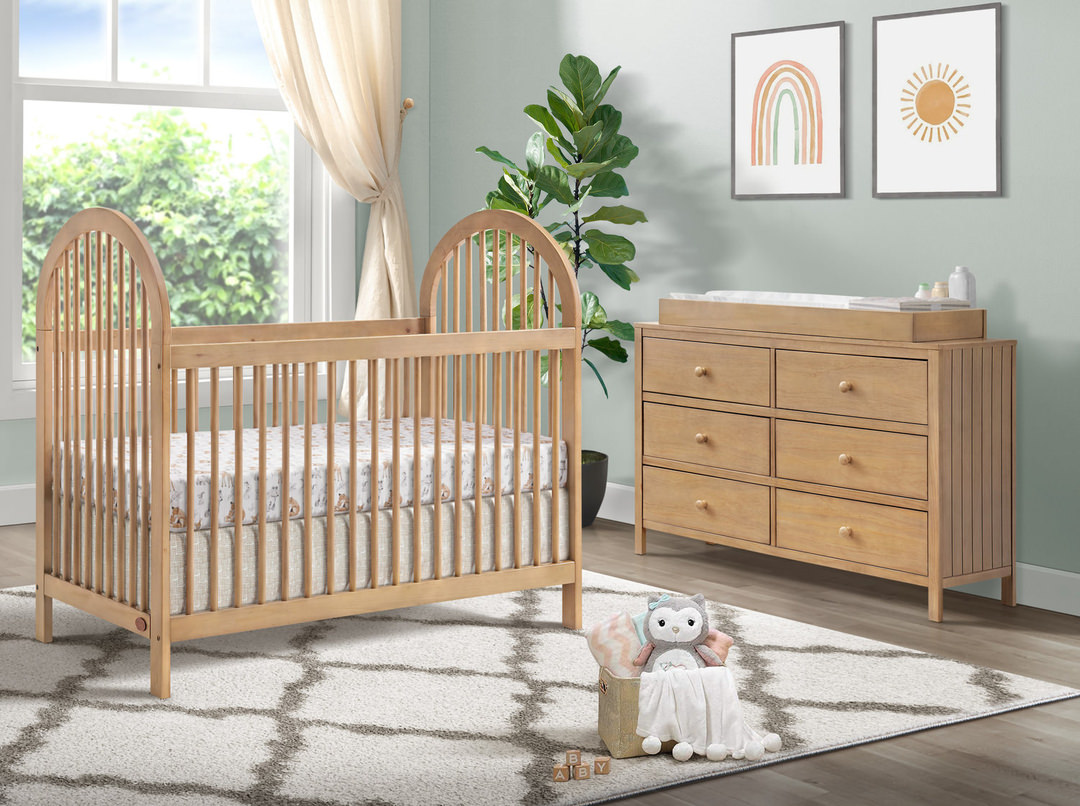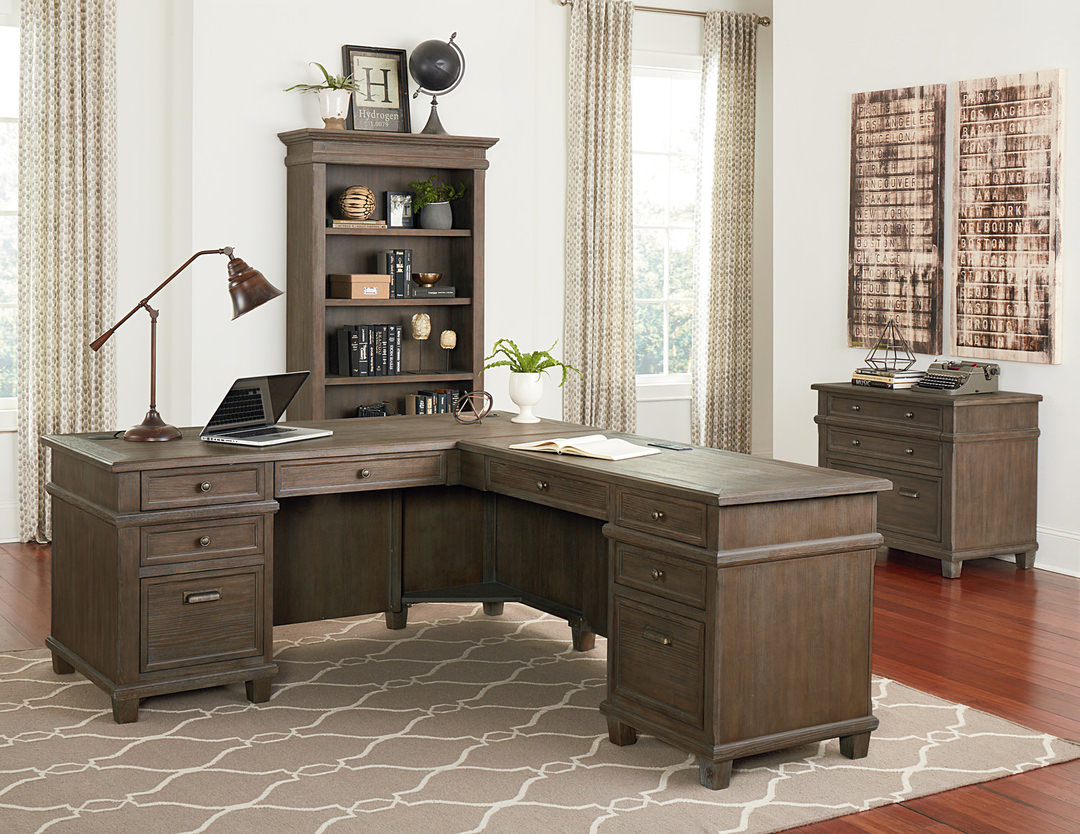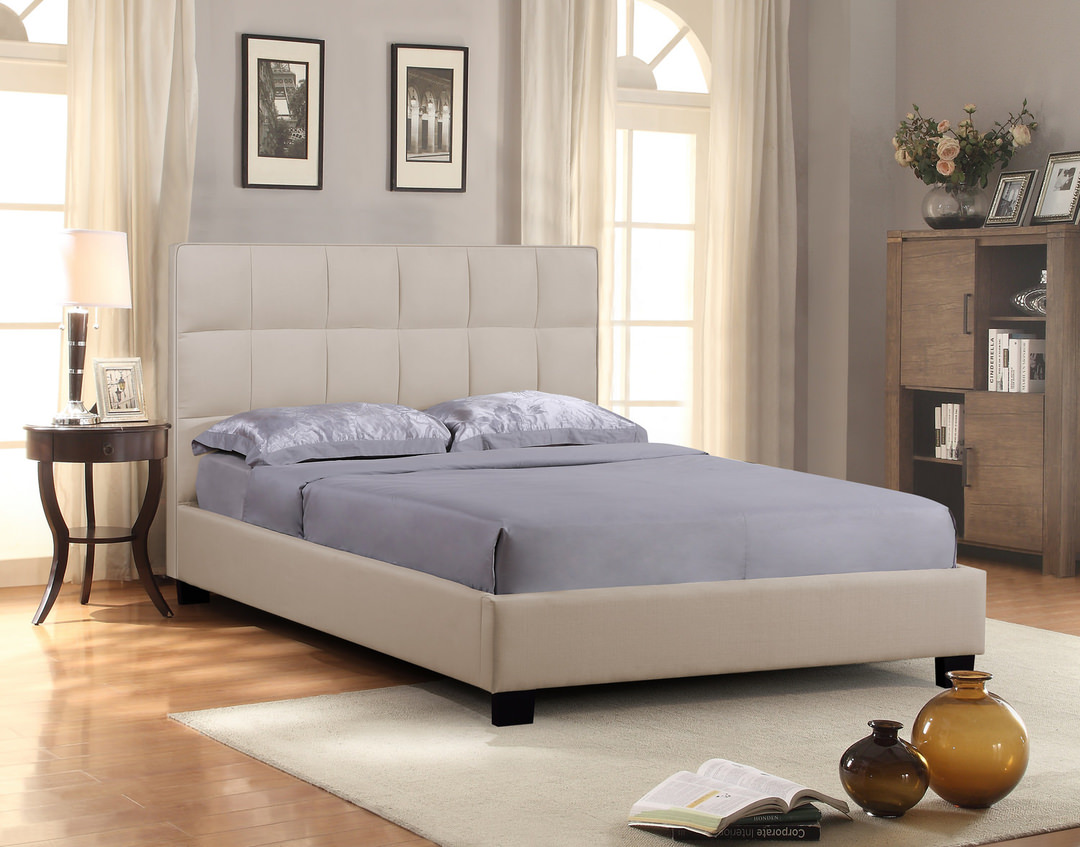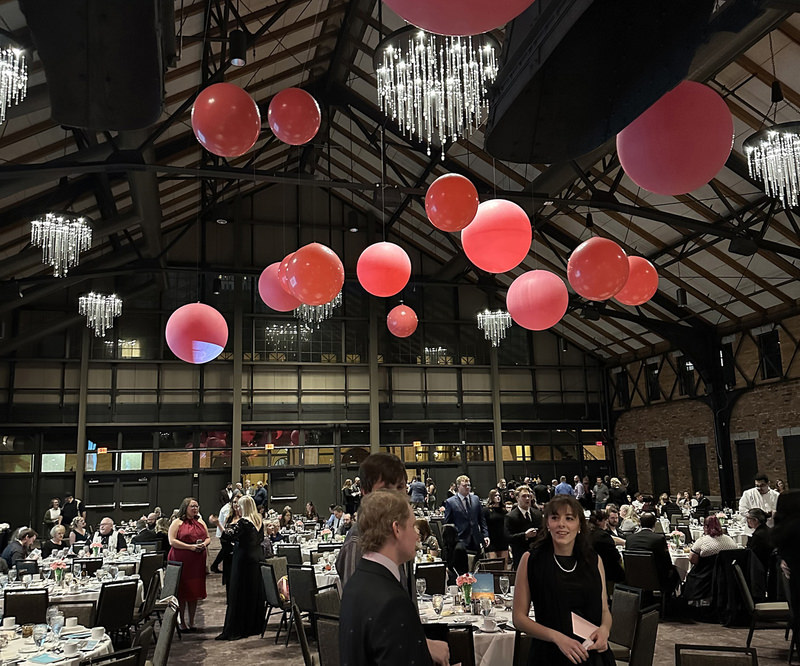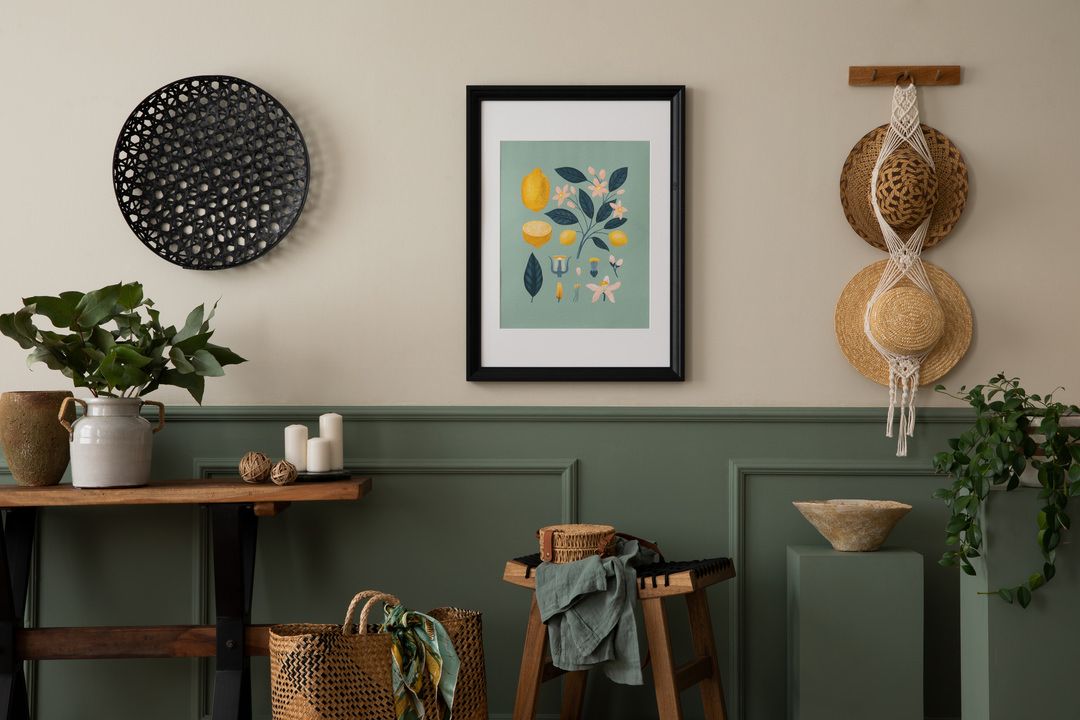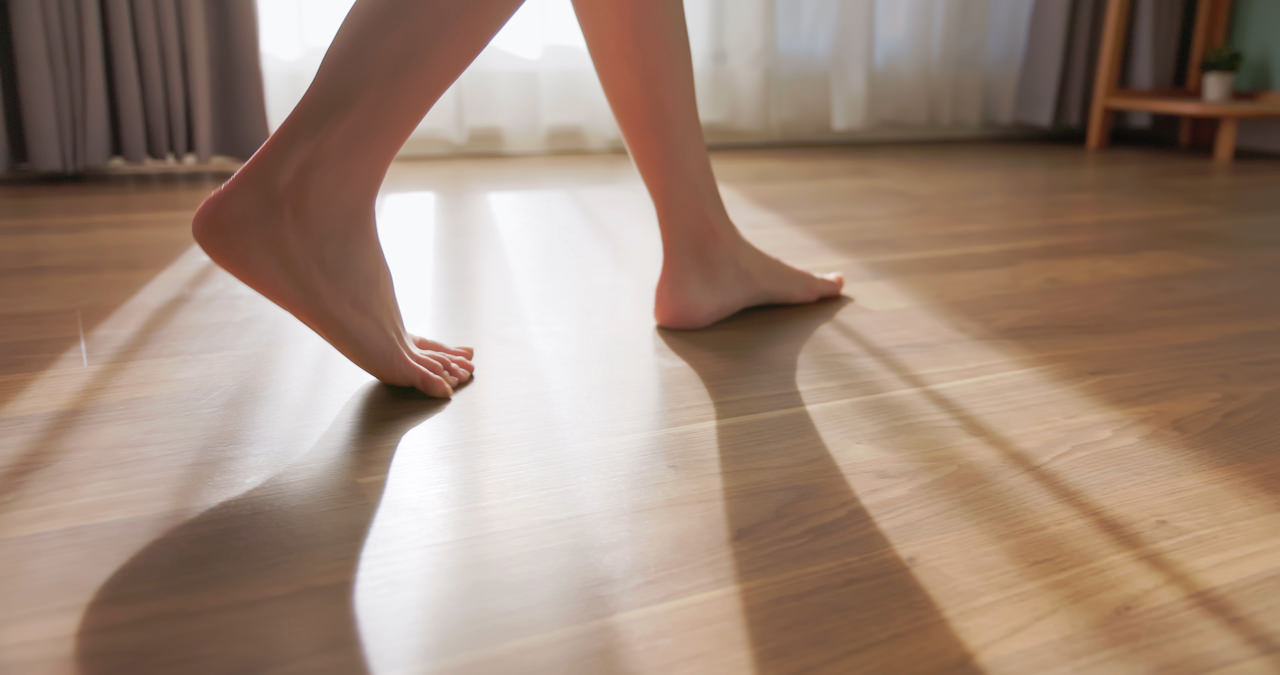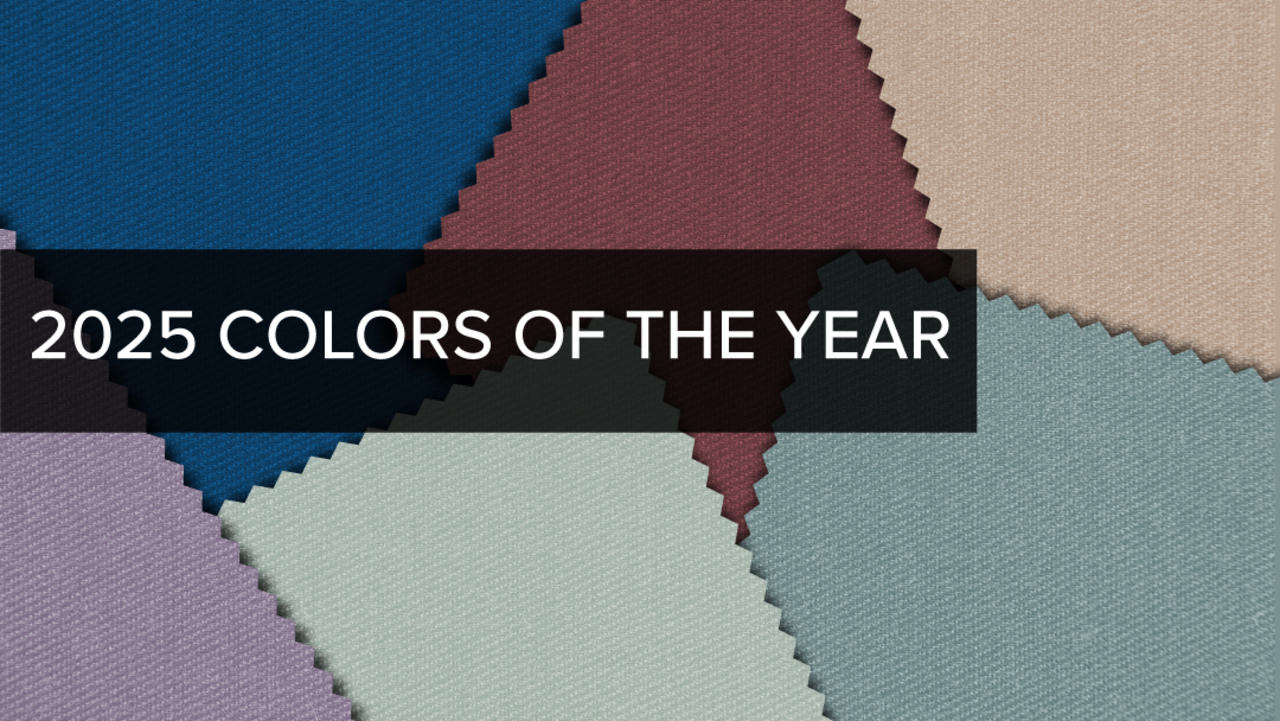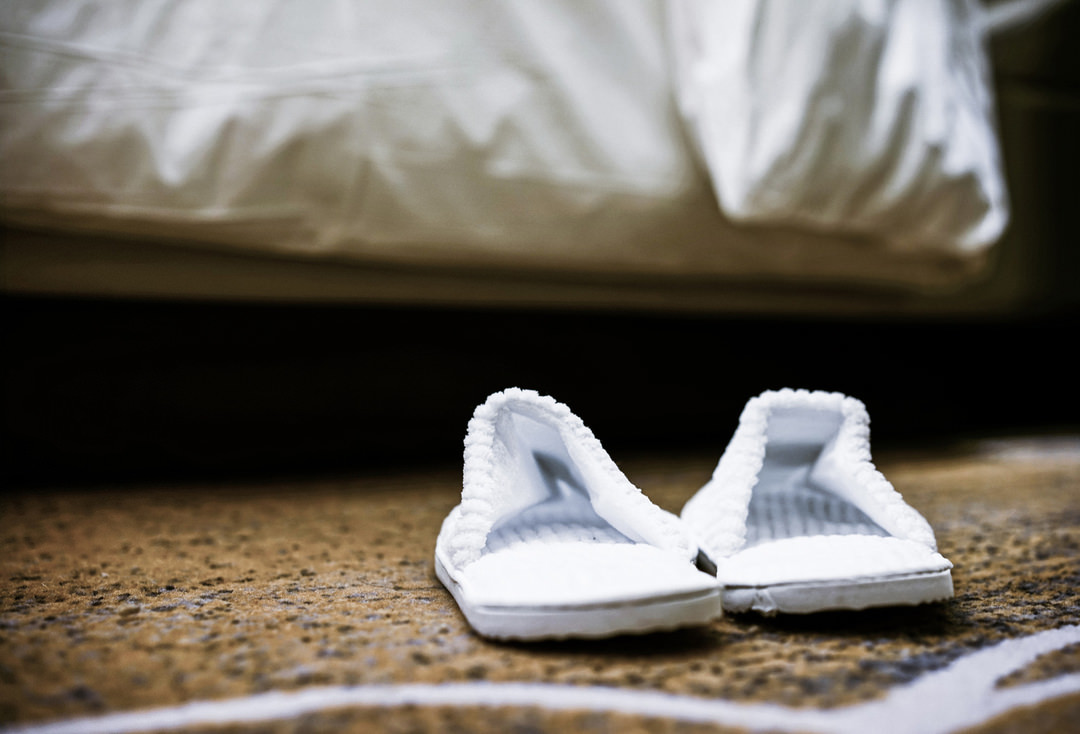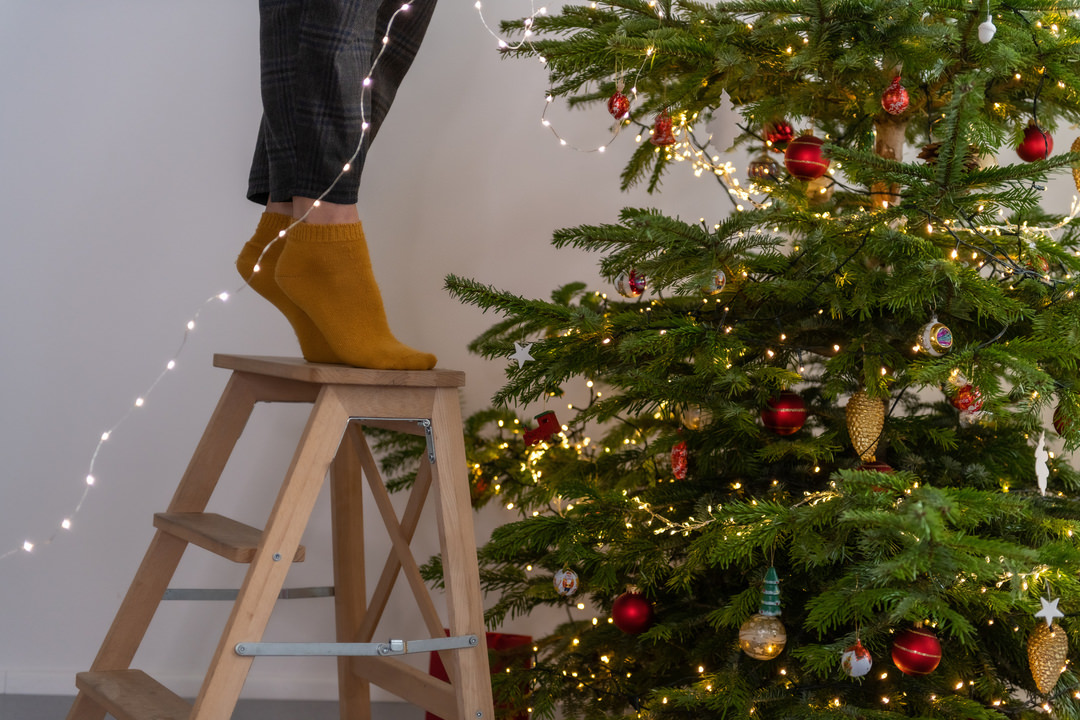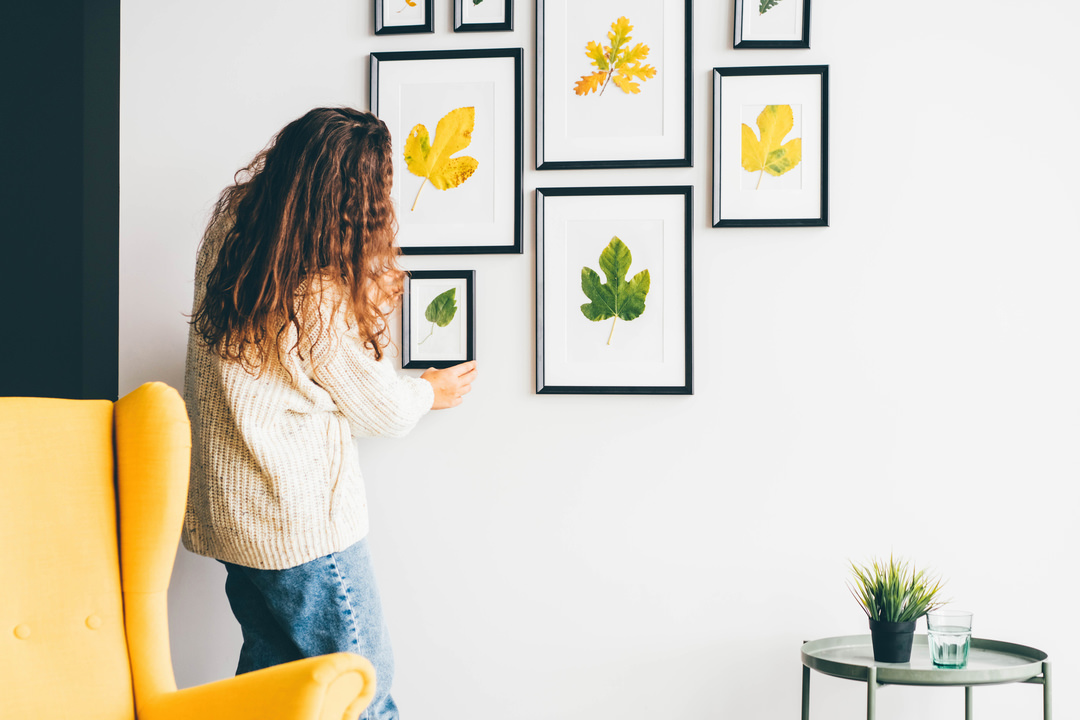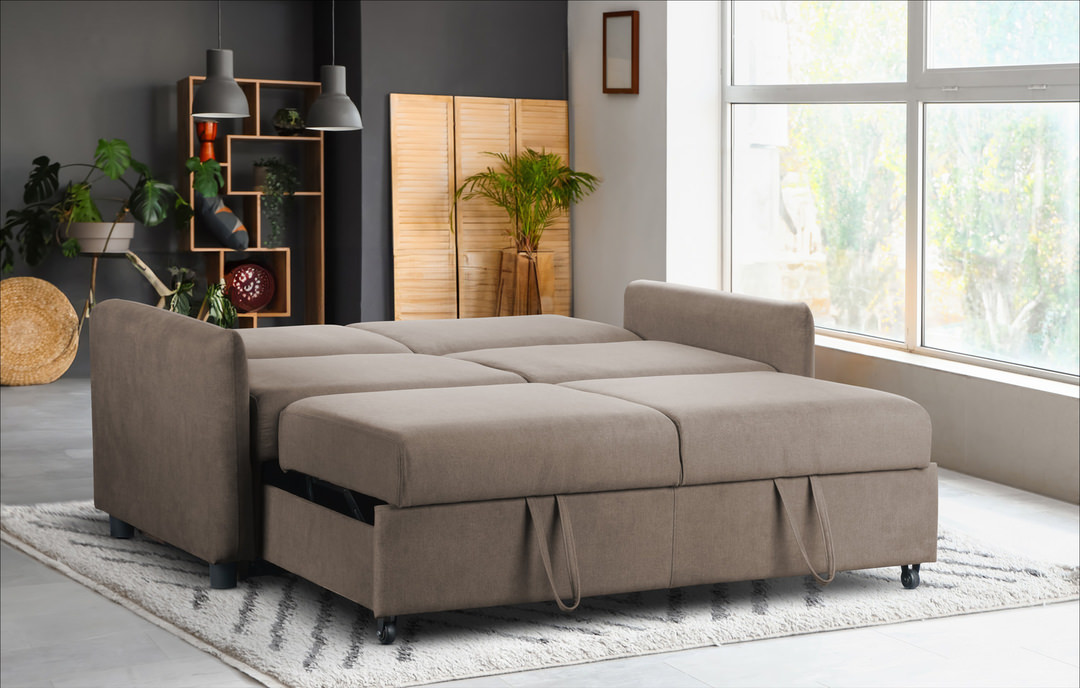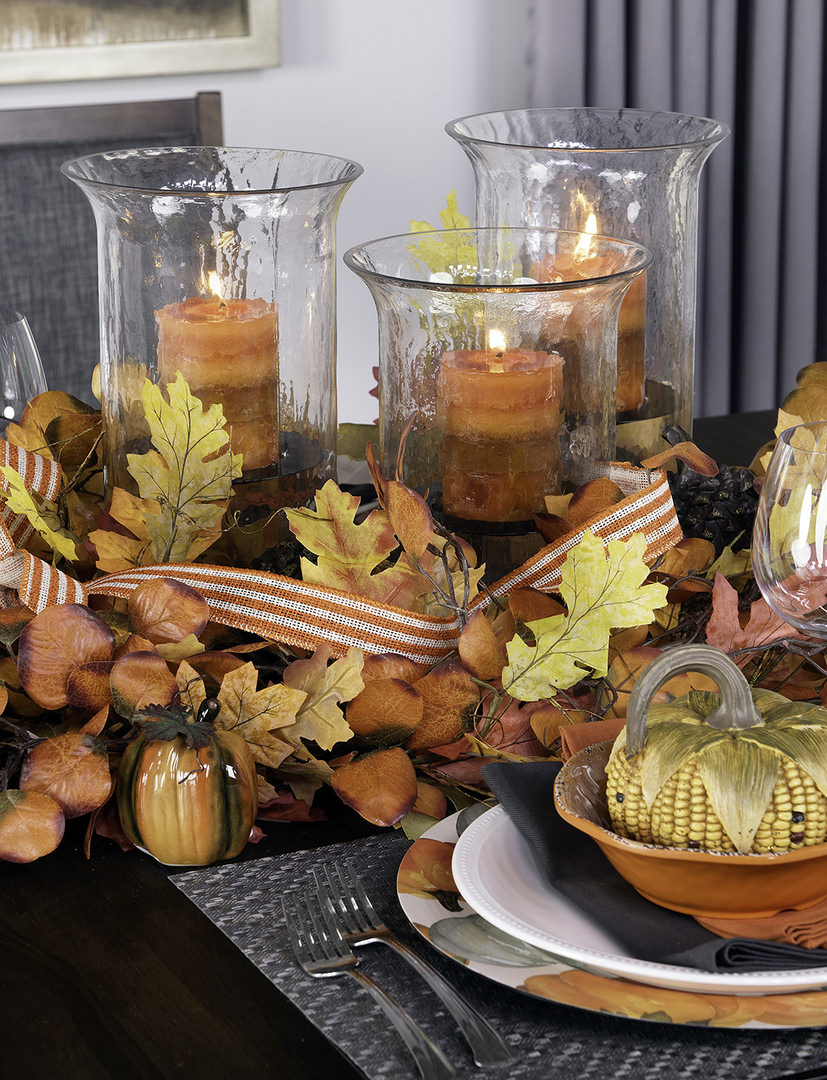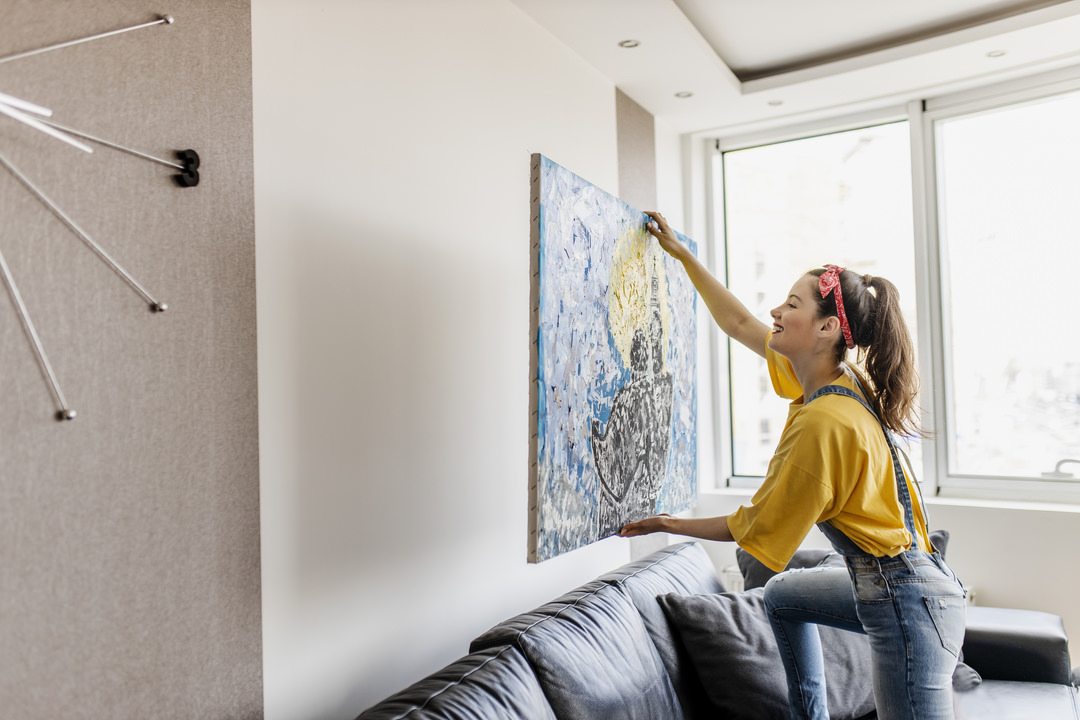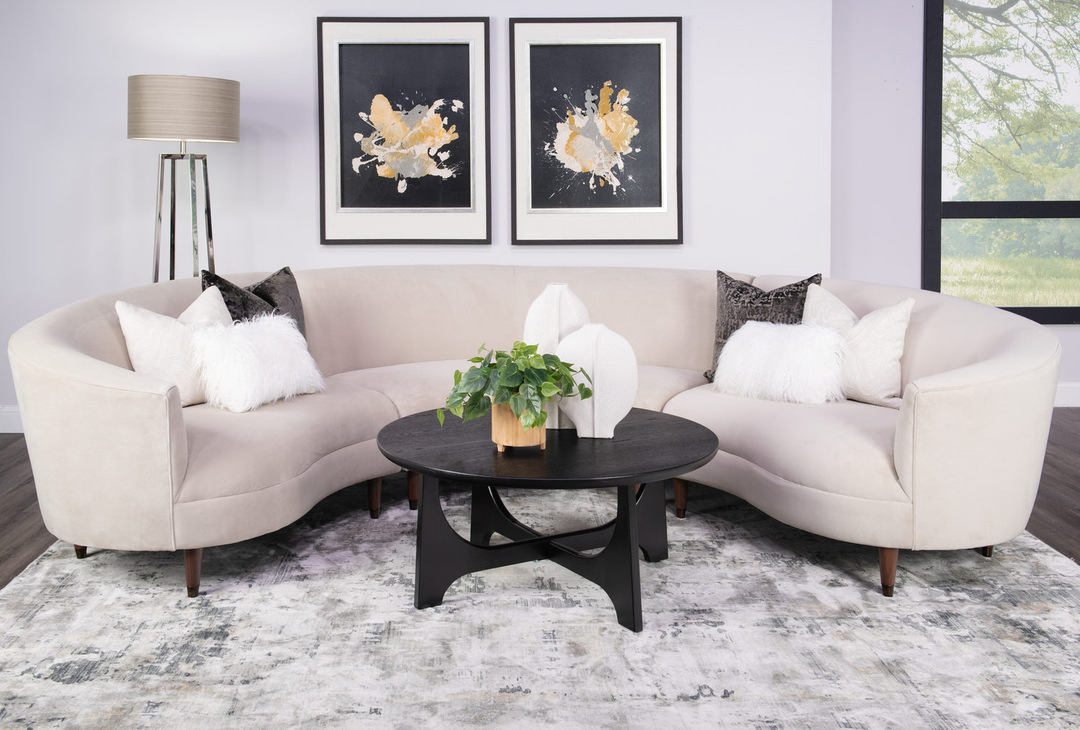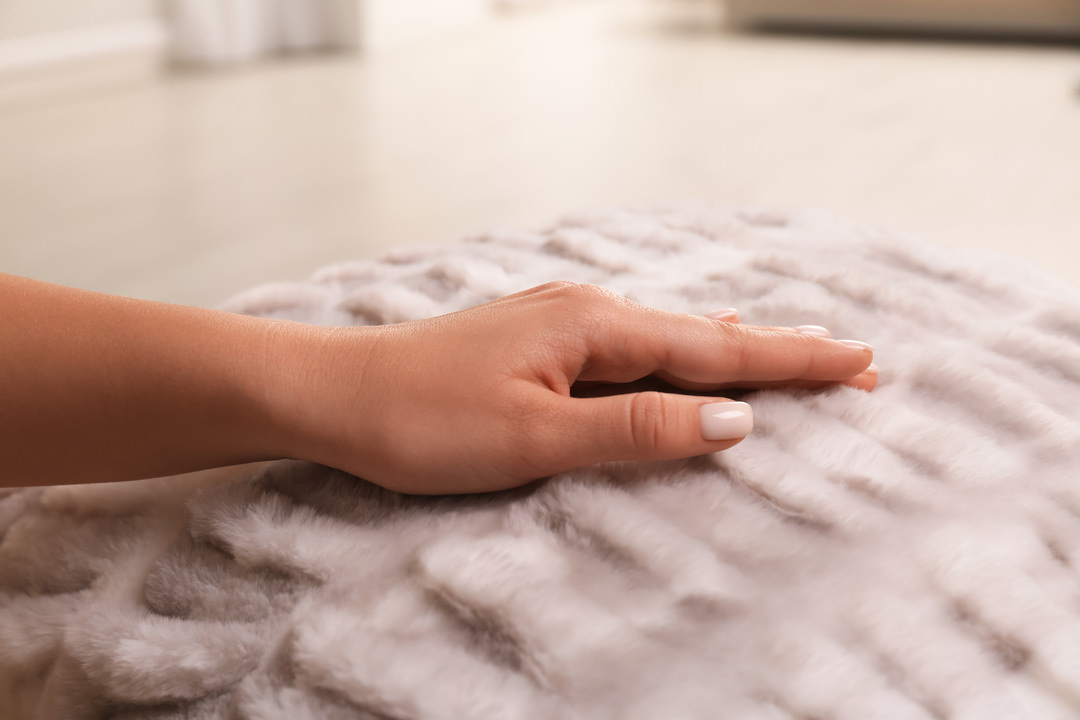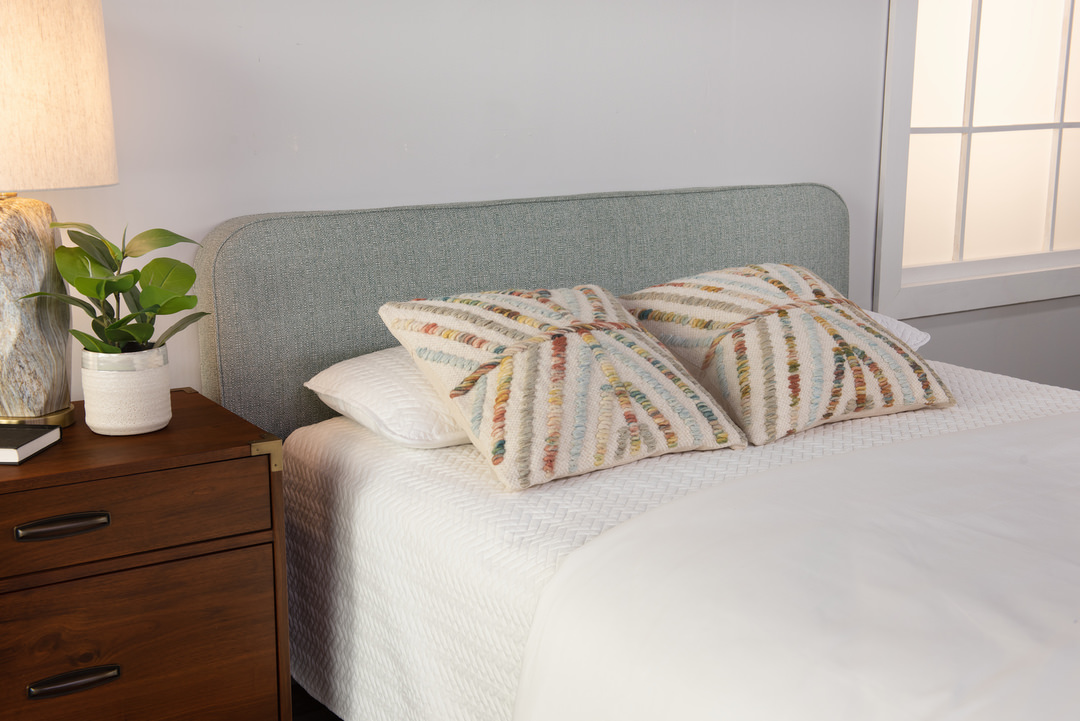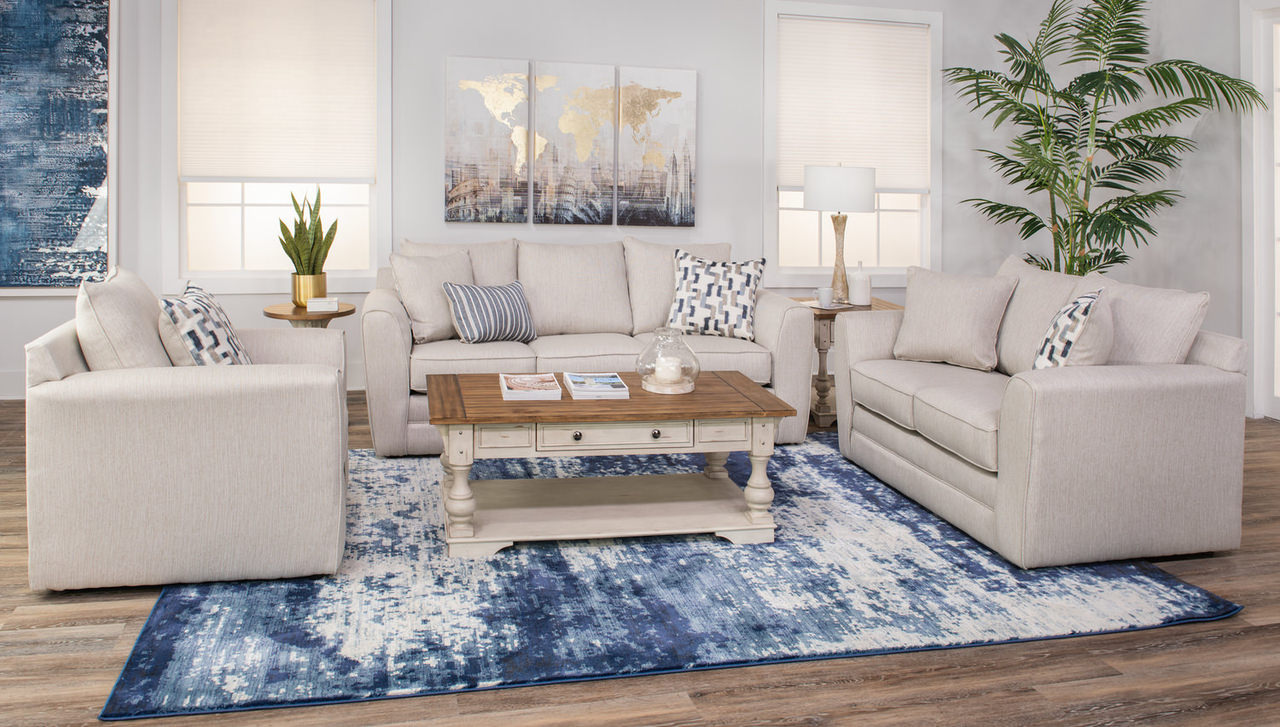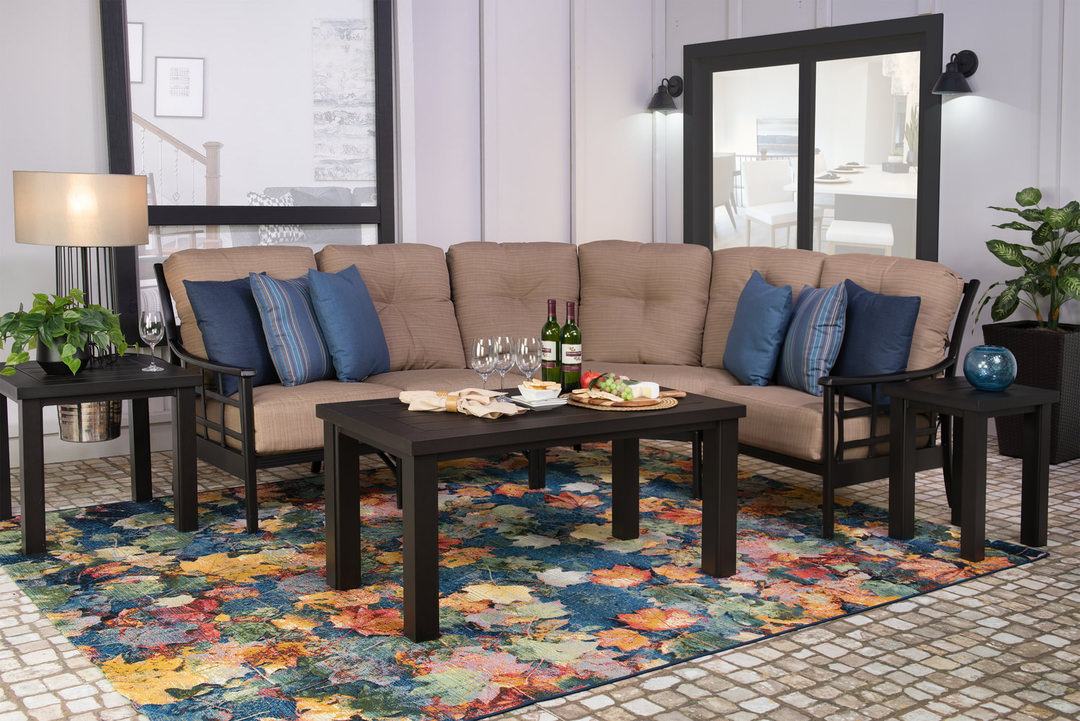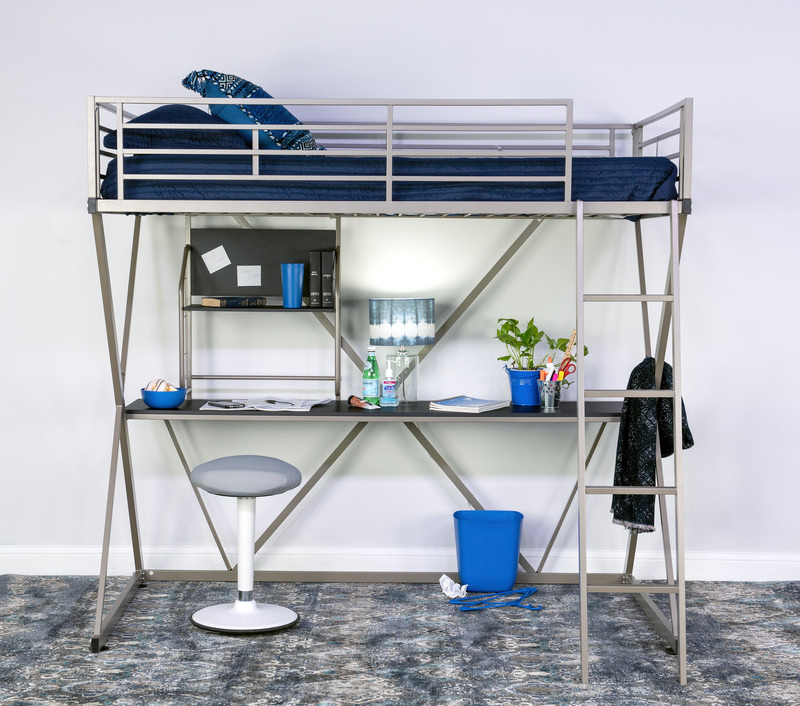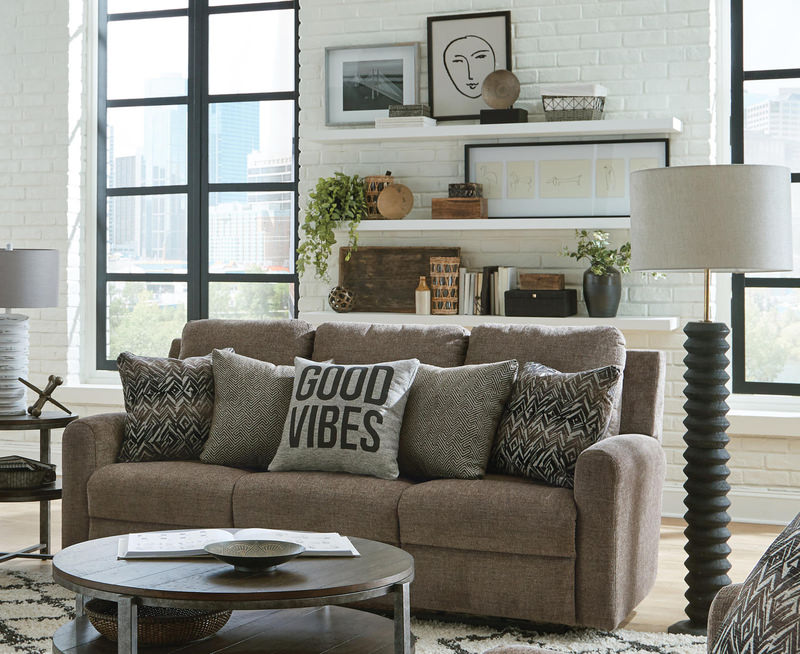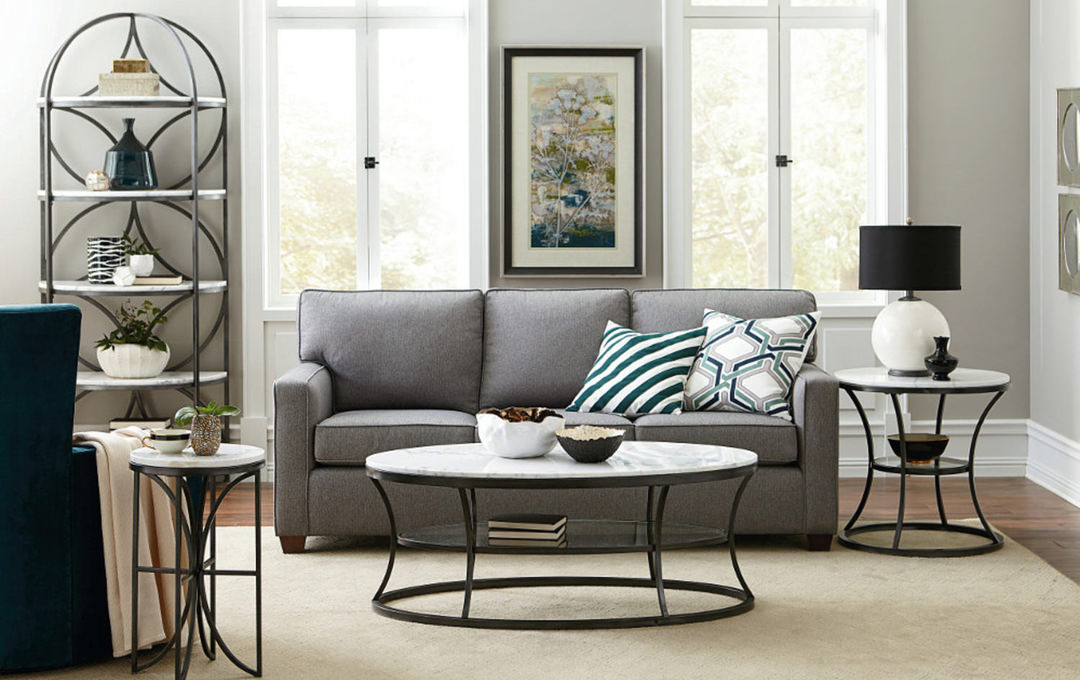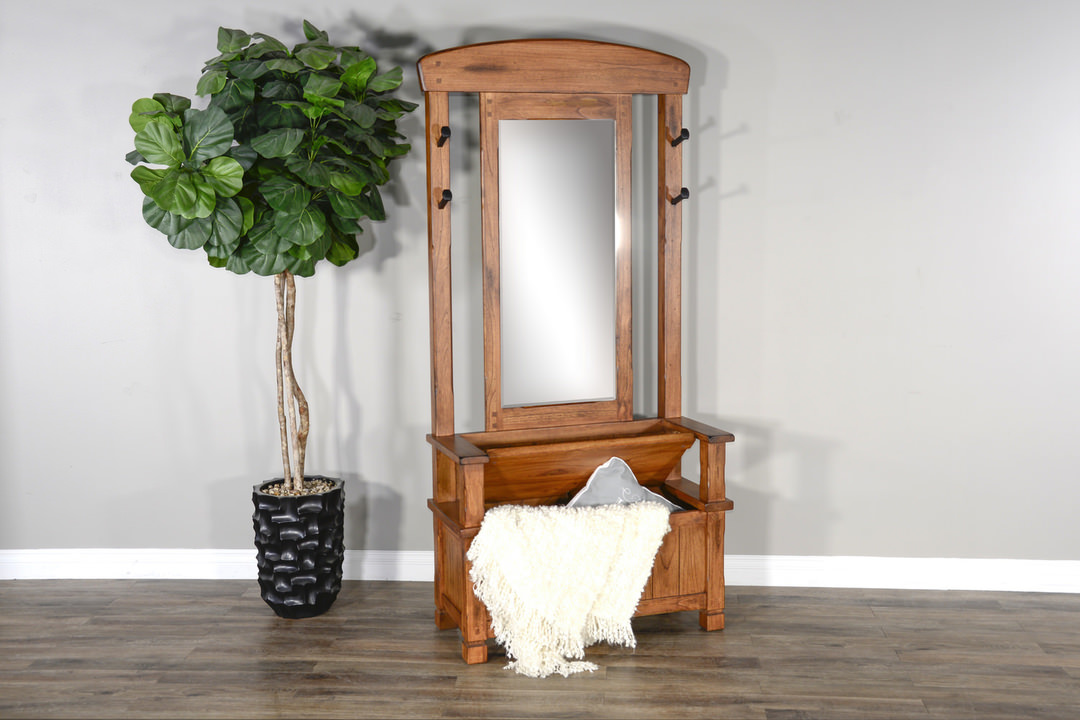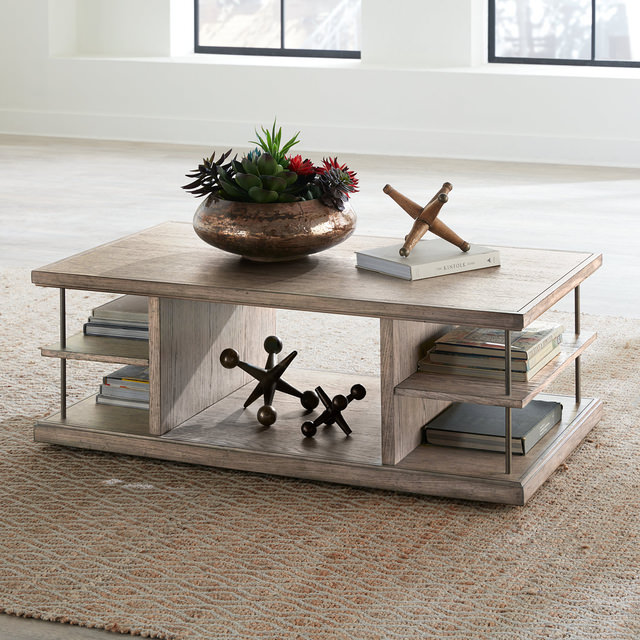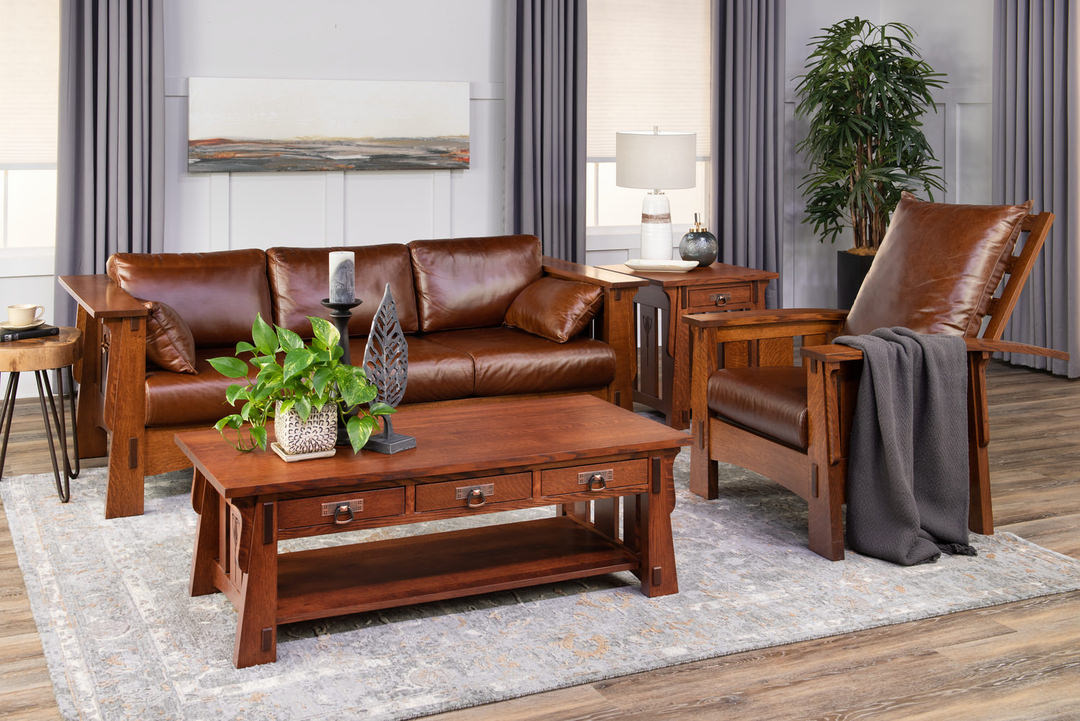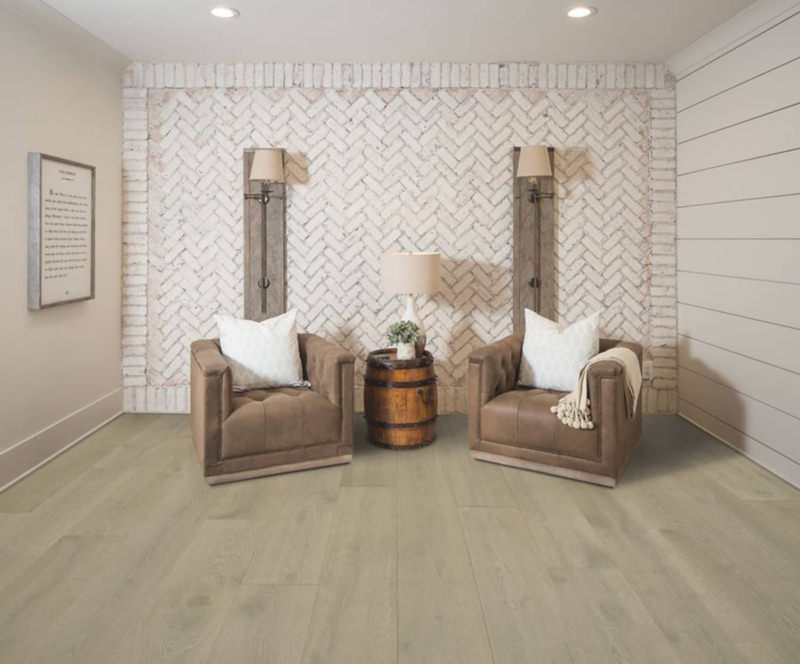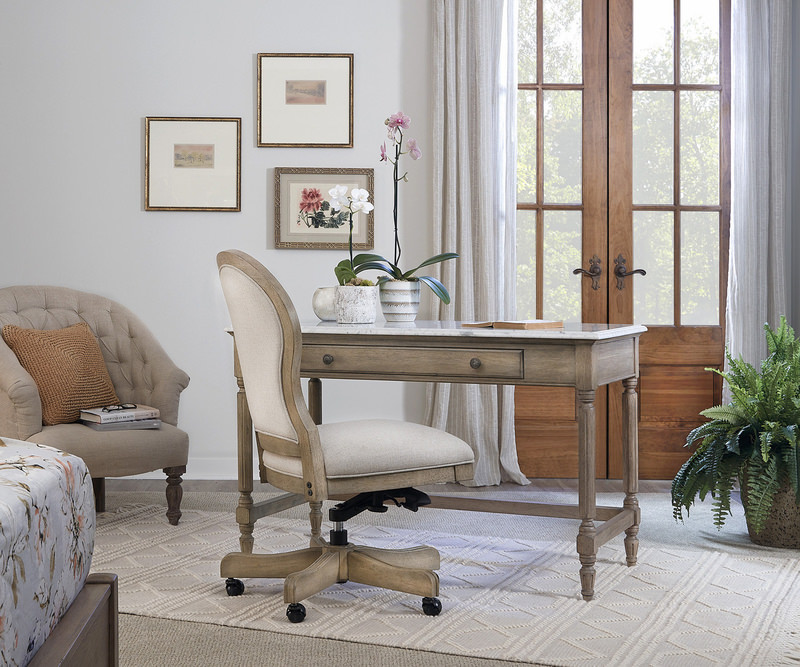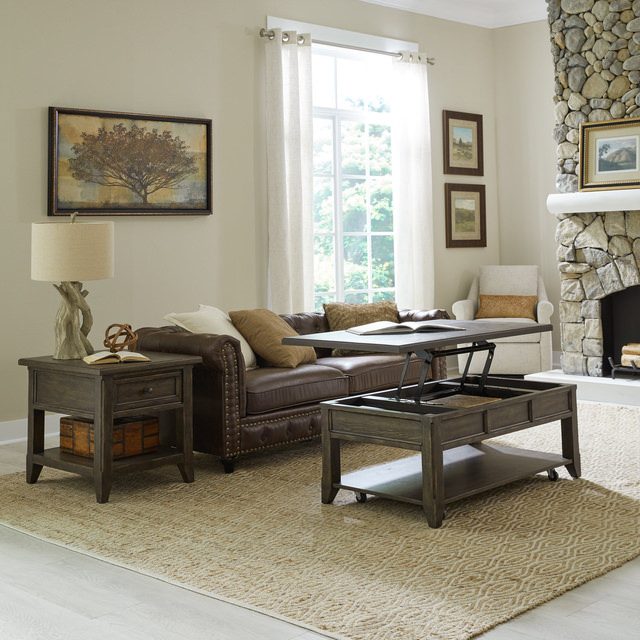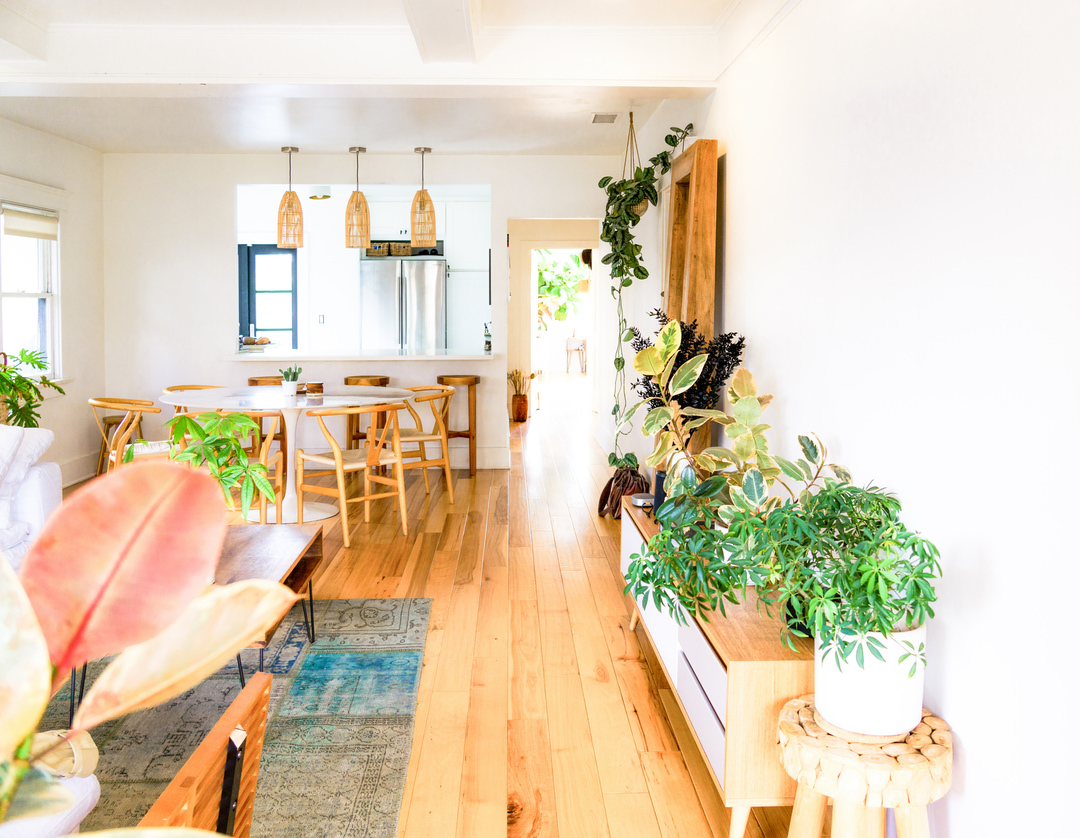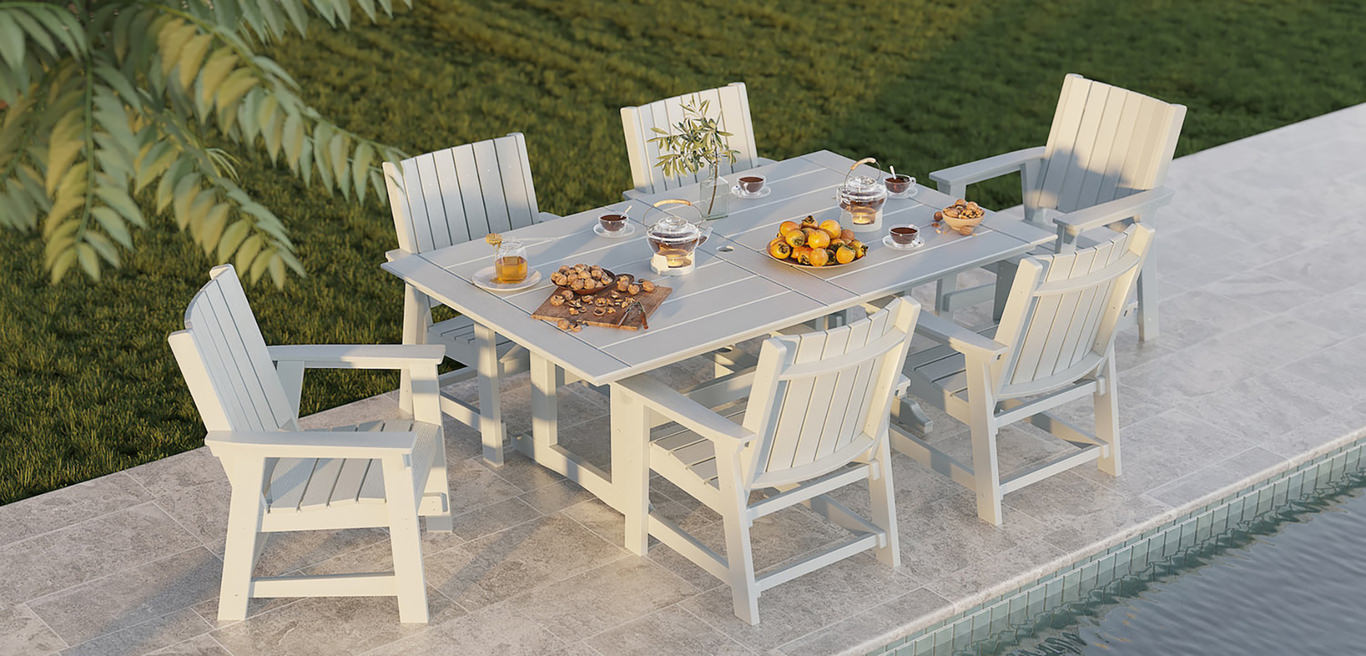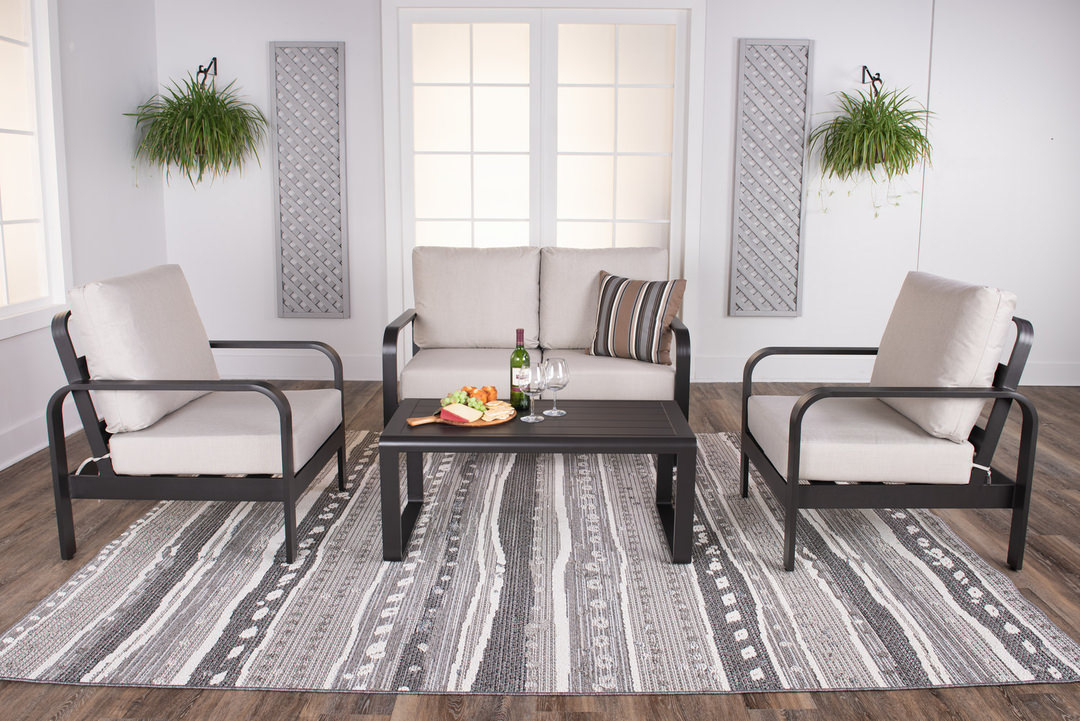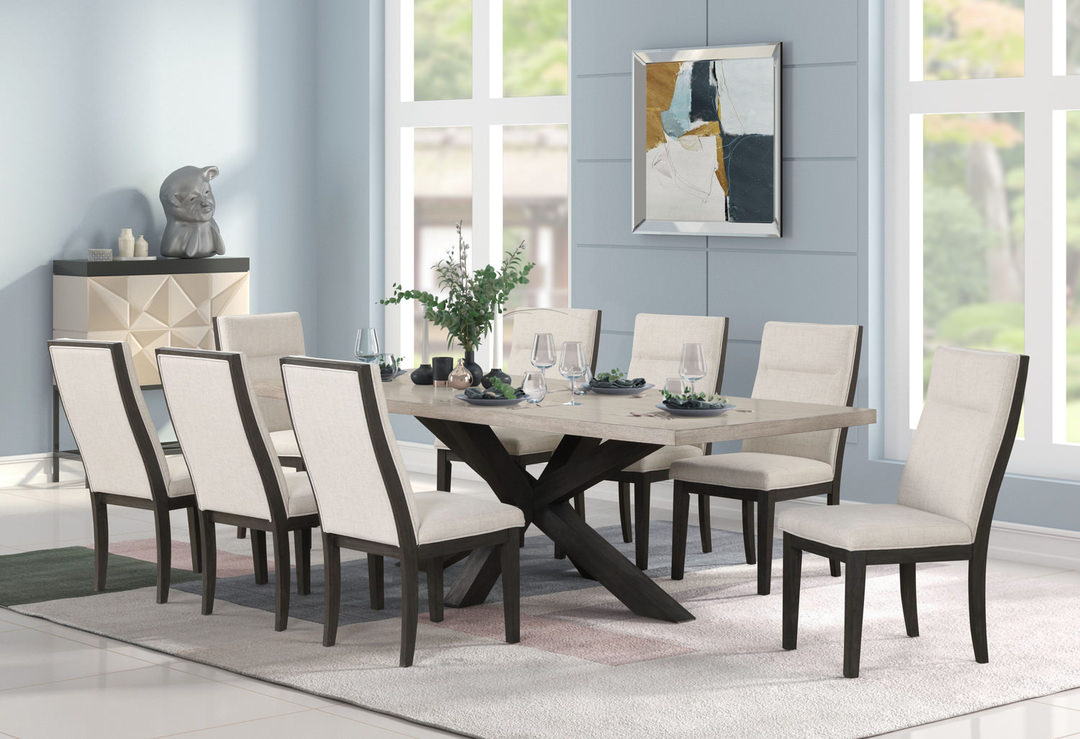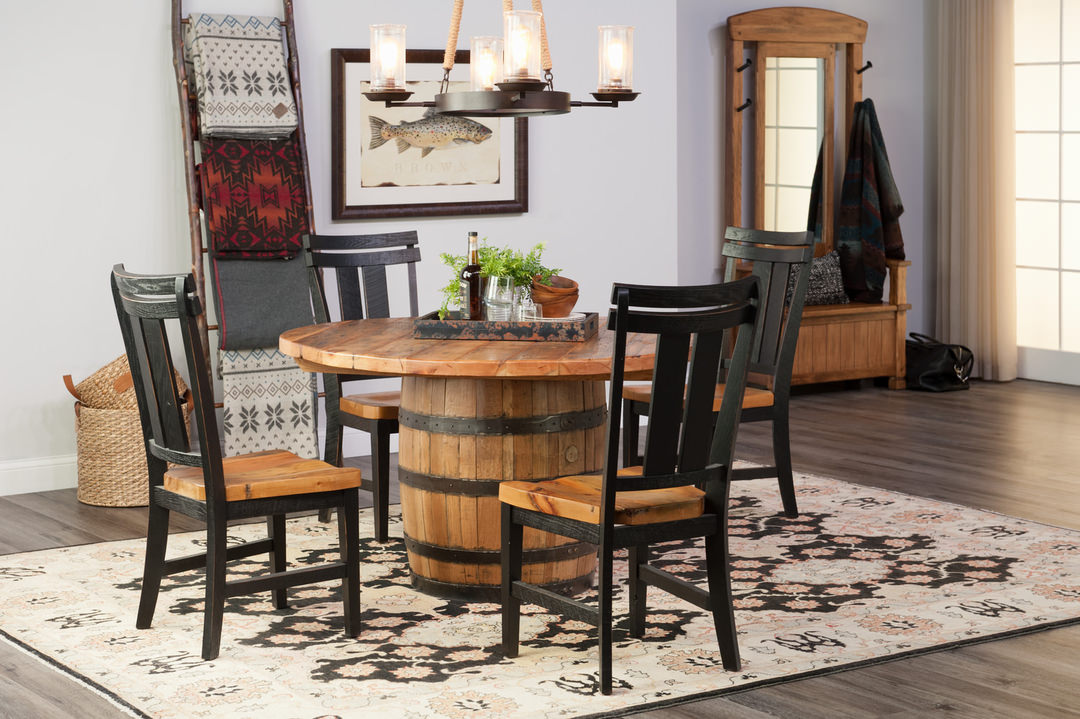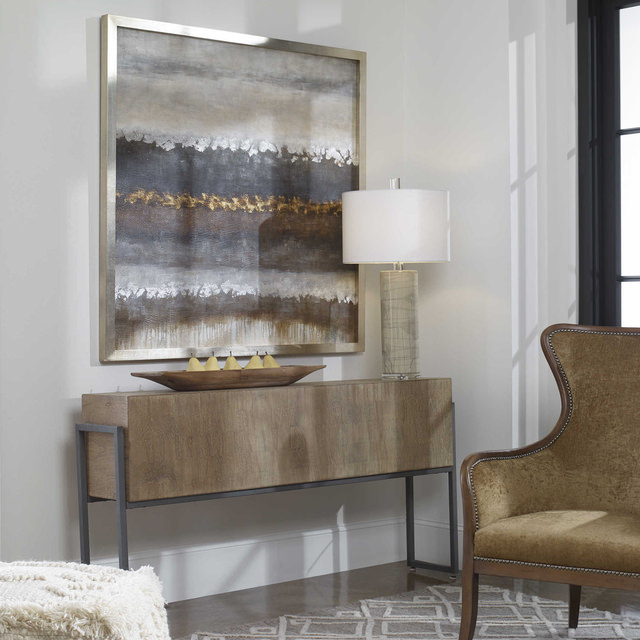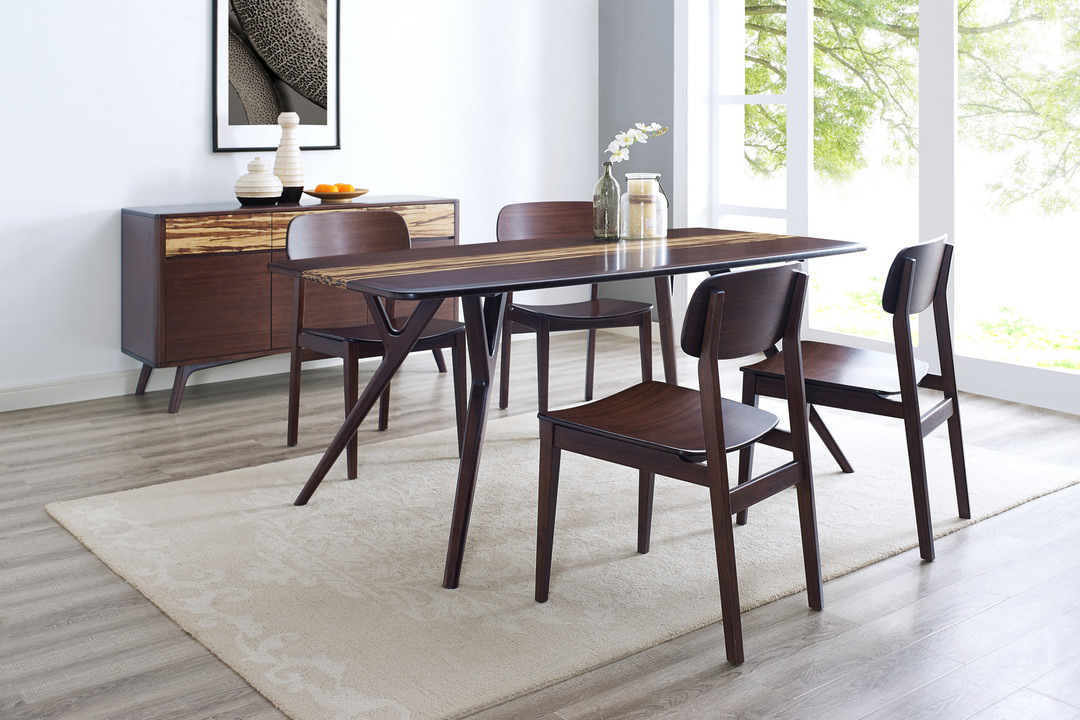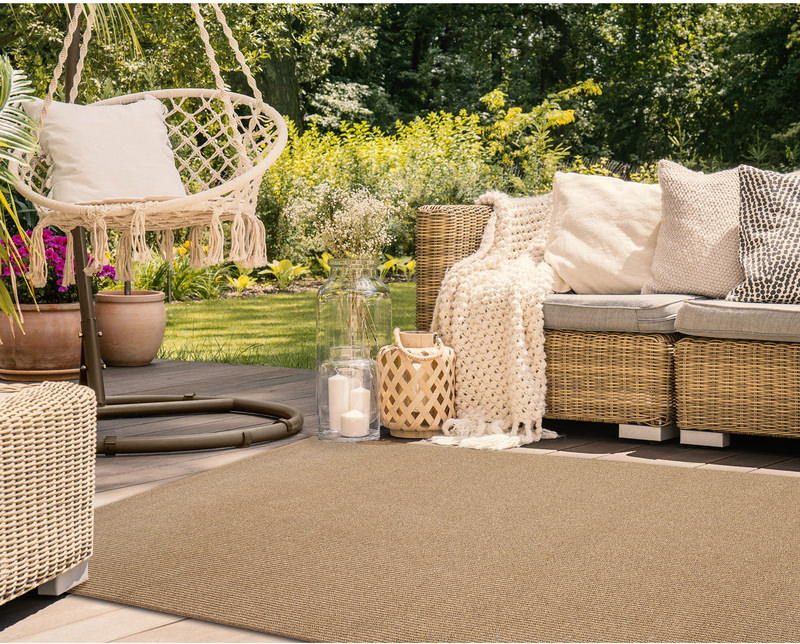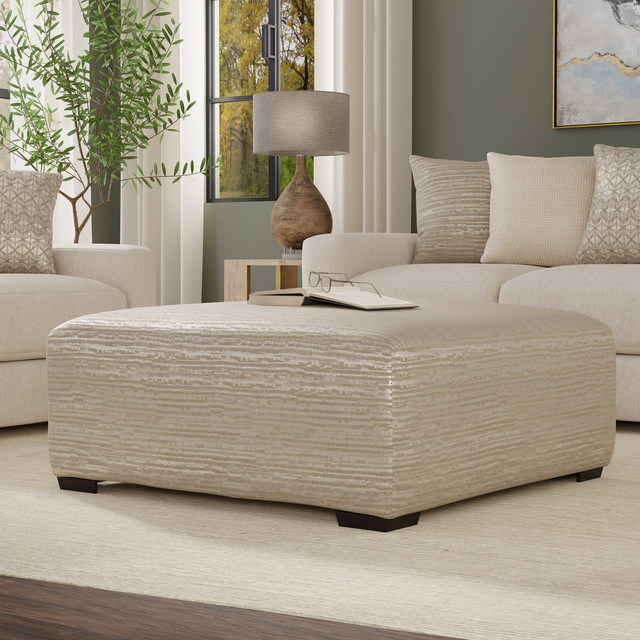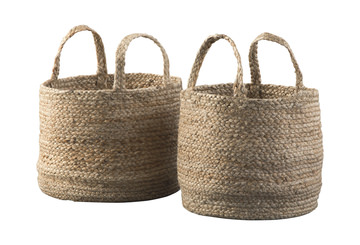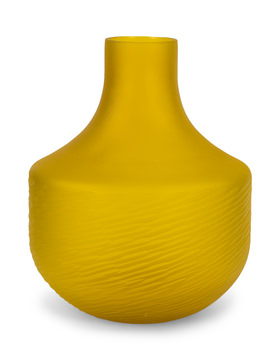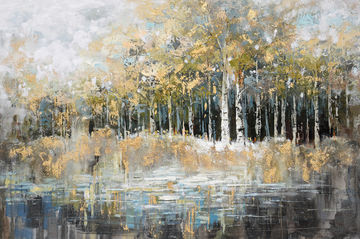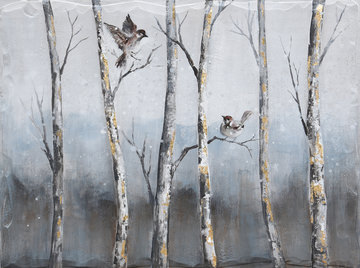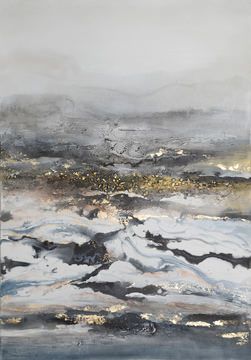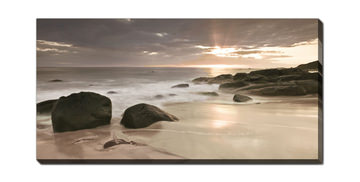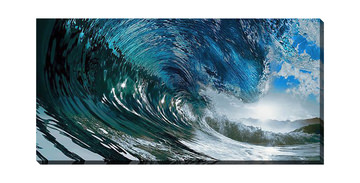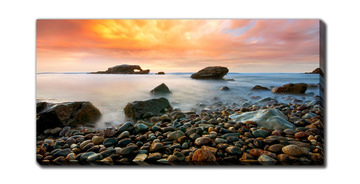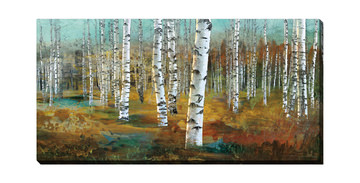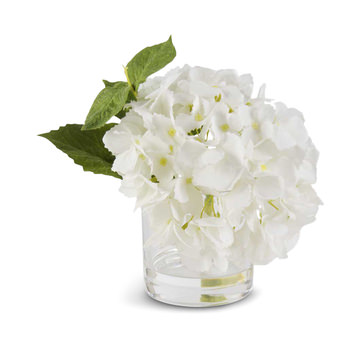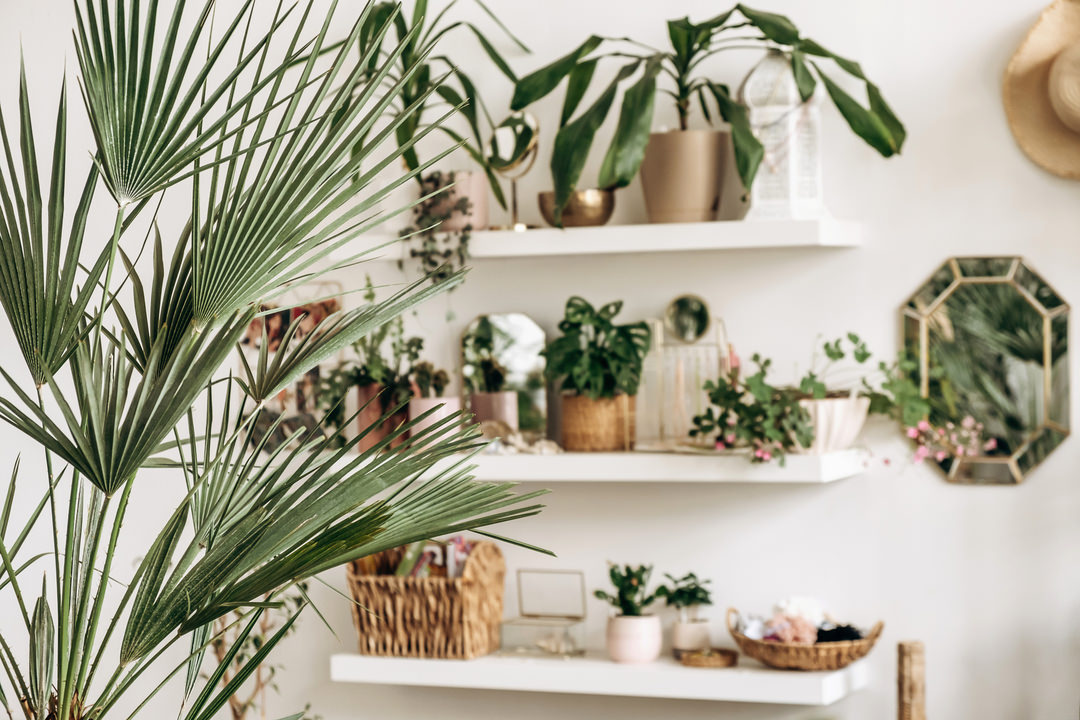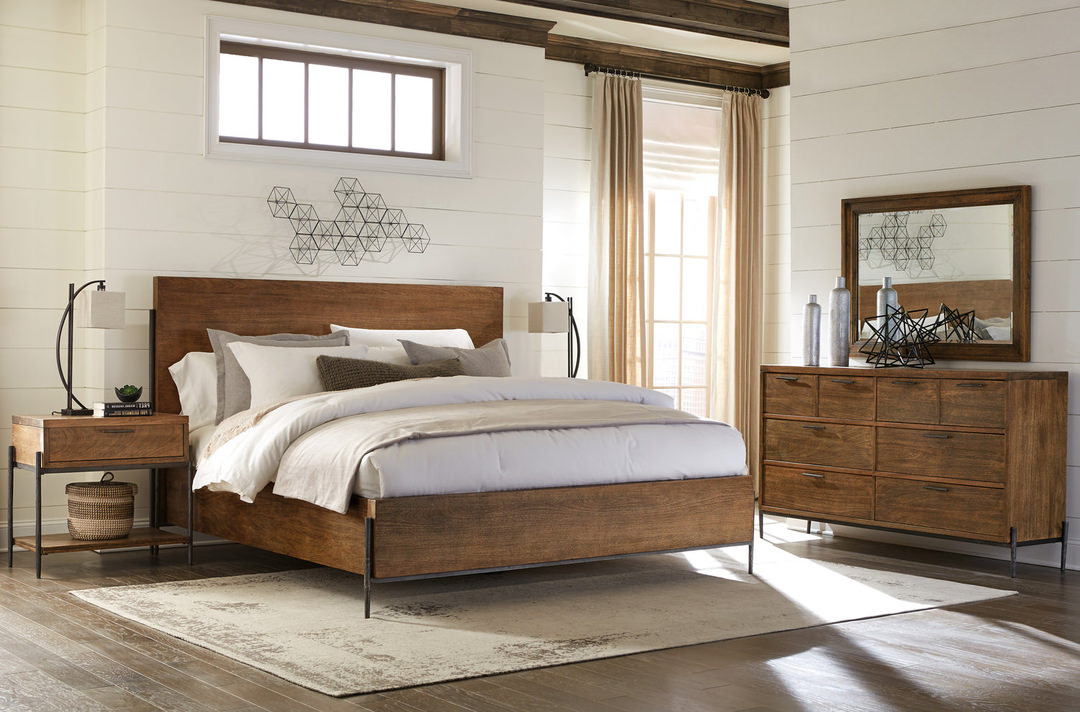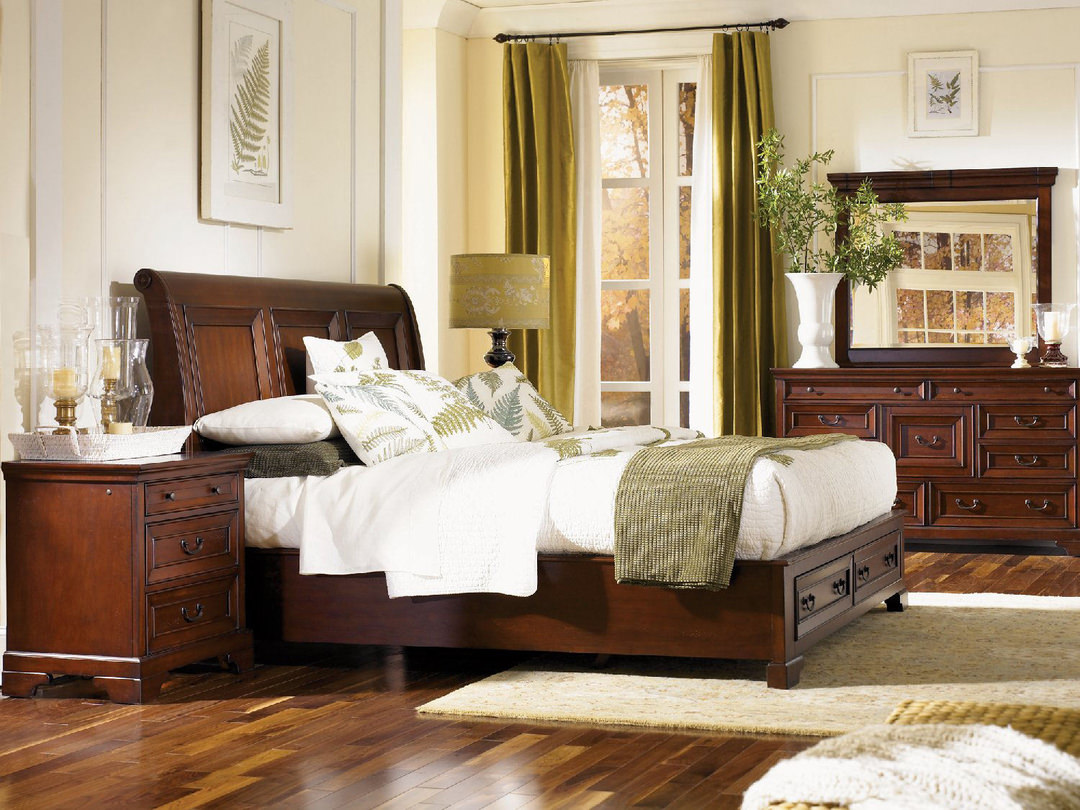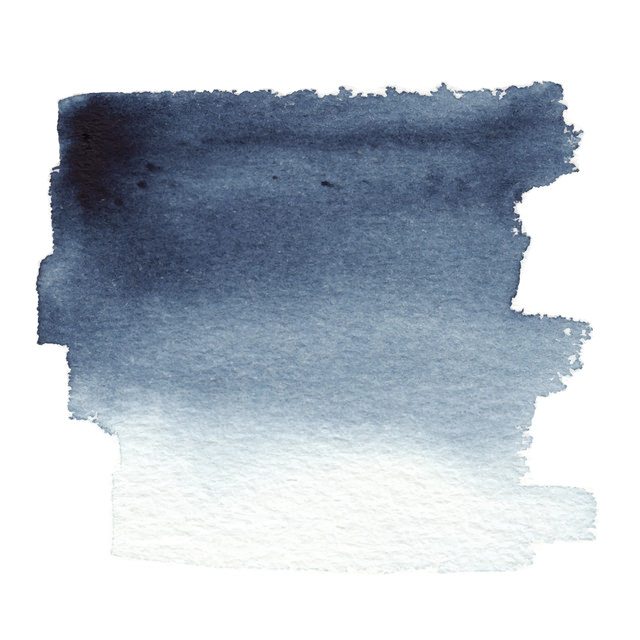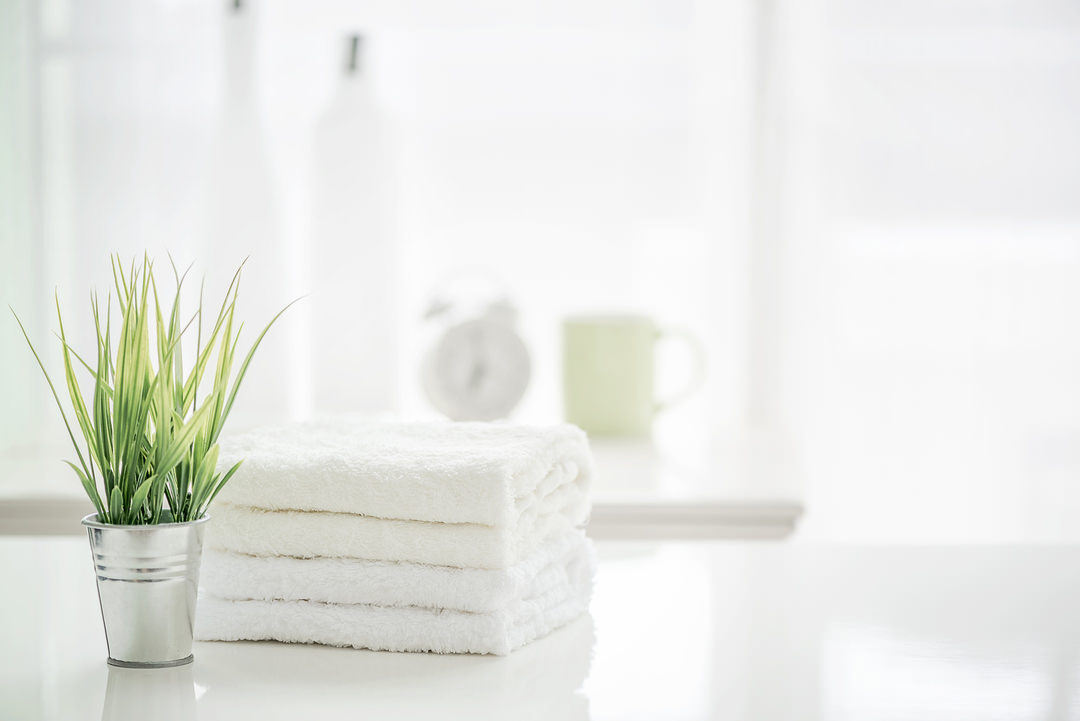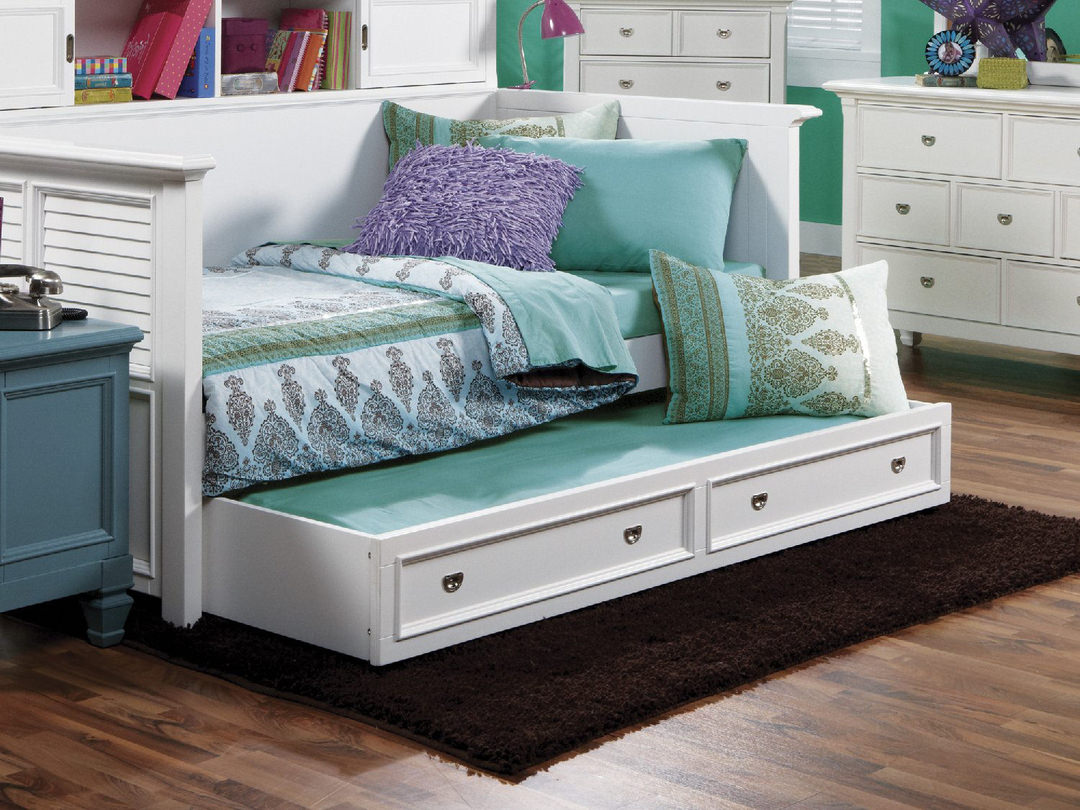Biophilic Design Ideas
Incorporate nature inside your home with these ideas.
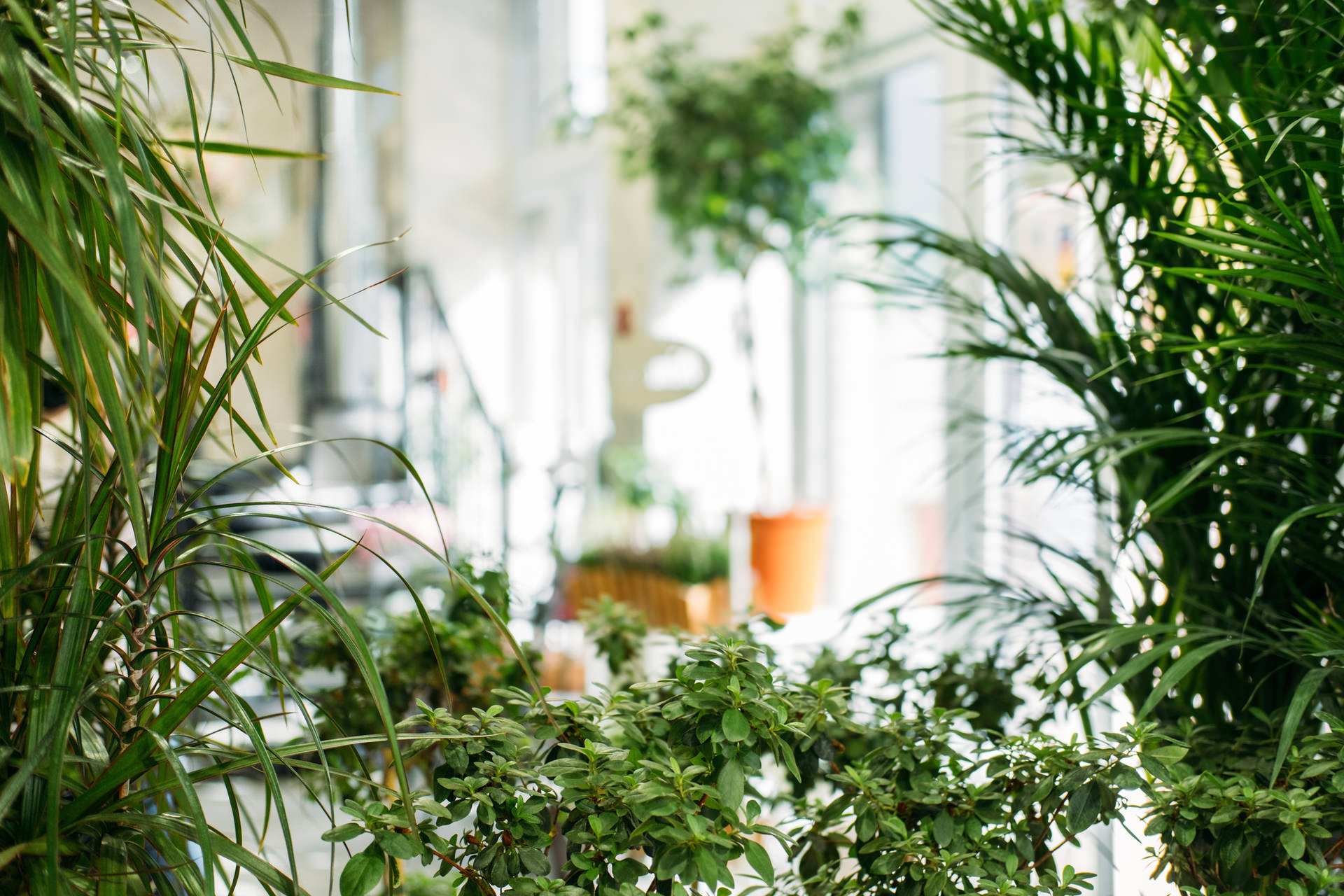
People are drawn to nature, and there’s a word for it. It’s called biophilia! When we’re surrounded by the earth’s greenery, we tend to be calmer and more relaxed. We’re more productive as well.
Architects and interior designers are recognizing biophilia and creating plans that make use of our inherent connection with nature. Here’s how you can enjoy the benefits of biophilic design in your own home.
What Is Biophilic Design?
Biophilic design is design that incorporates outdoor nature into buildings. The trend may sound new, but the idea is as old as ancient garden courtyards. The design emphasizes natural light and lots of greenery as well as the colors and shapes of the natural world.
In a biophilic home, there’s nature everywhere you look. It’s in the plants in the rooms and in the scenes outside the window. It’s in the colors and shapes used in the design scheme. The presence of nature isn’t merely emotionally soothing. Many experts believe it promotes physical as well as mental health, possibly even lowering blood pressure and heart rate!
Why Biophilic Design Today?
These are stressful times. Has there ever been an era when we need the healing power of nature more than right now? Most of us spend too much of our lives indoors. The human race didn’t always do that!
Today, there’s so much emphasis on industry, technology and utility that it’s easy to get disconnected from nature and its healing power. The biophilic design trend has come along just when we need it most!
Elements of Biophilic Design
Biophilic design streams nature into our homes. Here are some of the key elements.
Natural Light
How much sunlight is coming through your windows? A generous daily dose of sunshine increases your alertness and helps you sleep better at night! To make sure you get it, remove heavy blinds or curtains, or at least pull curtains well back.
Get rid of anything that keeps light away. Make sure the glass is clean. Remove branches and other vegetation that block windows from the outside.
Finally, think about how furniture is arranged. Position chairs or small sofas near the windows to afford a view. The closer to the glass, the greater the light level, and the more beneficial the shower of sunlight!
Nature’s Colors
In biophilic thinking, the colors of nature are almost as healthful as nature itself. The paint companies were on to something when they chose shades of green as their 2022 colors of the year! Green is a color a peace and comfort, largely because we associate it with nature. Green walls, green upholstery and even green art echo the benefits of spending time outdoors.
Other complementary colors include light blues like the sky, sunny yellows and earthy soft shades of brown.
Nature’s Shapes
A lot of modern interiors consist of straight lines and right angles, but nature’s shapes are rounded, imperfect and patterned. Rather than geometric motifs, biophilic design emphasizes scalloping, tree branch patterns and leaf patterns. There are rounded chair backs that feature designs suggestive of plants and shore life. Also, stairway railings are a prime spot to introduce the kind of intricate patterning you find in the natural world!
Nature’s Materials
Biophilic materials can be used throughout the home in walls, counters, furniture and carpeting. Natural-look wood, stone and rattan are obvious choices. Bamboo and cork have their place. Rugs might be made of sisal or jute, but a synthetic rug or carpet will fit the bill if it has a rough natural texture and a color found in the outdoor world.
Nature Itself
Shapes and colors that suggest plants are fine, but there’s nothing quite like the real thing! House plants are not only beautiful but they can also improve the way we feel. The biophilic home has them in abundance and in every room.
Pot them in large clay floor pots and display them on tabletops, shelving and mantles. Hang them from the ceiling with macrame. If you want to go all out, dedicate an entire wall to potted and hanging greenery.
Biophilia in the Home
Biophilic design has an appeal to all ages, but millennials are leading the way. They’re the first to adopt the more elaborate biophilic elements such as staircase gardens and floral ceilings. So how best to make your own home more biophilic?
Pull back those drapes, and, when the weather allows, open the windows. Let the fresh air and the birdsong in. Rearrange rooms so you’ll enjoy more light where you sit.
Your stairway could be an oasis of biophilia! Consider natural scrolled railings, large plants on the landing and ivy twining the rails. Create a biophilic design bedroom. In addition to house plants and artworks of nature, a bedroom is place where you might experiment with a biophilic ceiling. This could be a floral pattern, or to fully embrace the outdoors, a sky-blue ceiling adorned with fluffy clouds.
Wall art can bring biophilia to every room! Both close-up of plants and broad landscapes of valleys and seashores will suit. You could even have an entire wall with a collage of plants and pictures of birds, flowers and more of nature’s favorites!
The Biophilic Home Office
With all the working from home happening these days, biophilic office design is more important than ever. Don’t let the stress of the workplace follow you home! Position your desk where you can see some sunlight. Have some plants and some nature art within view. Consider giving yourself a break with a sit-to-stand desk. After all, excessive sitting is neither natural nor good for us.
There are plenty of rough edges in the world! Make your home an oasis of smooth serenity by adding elements of biophilic design.
